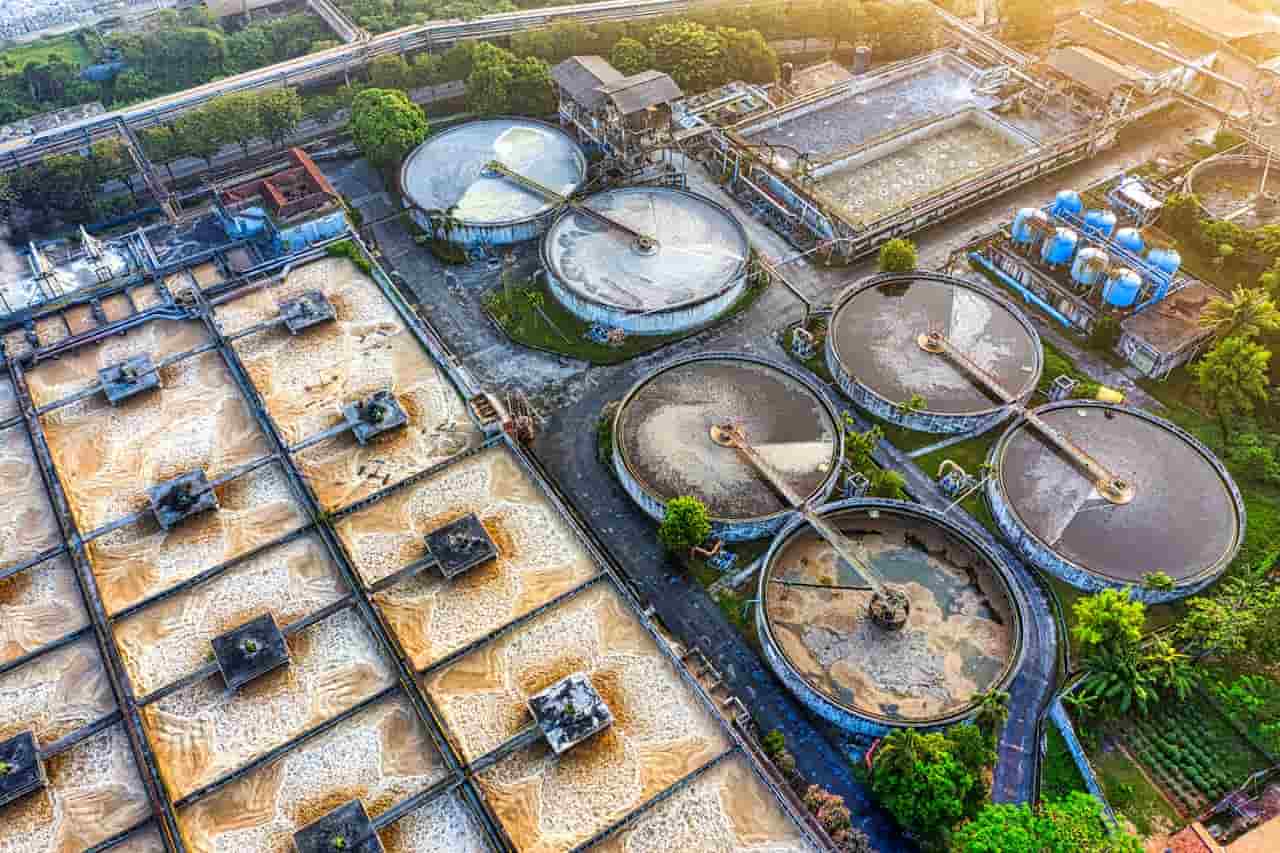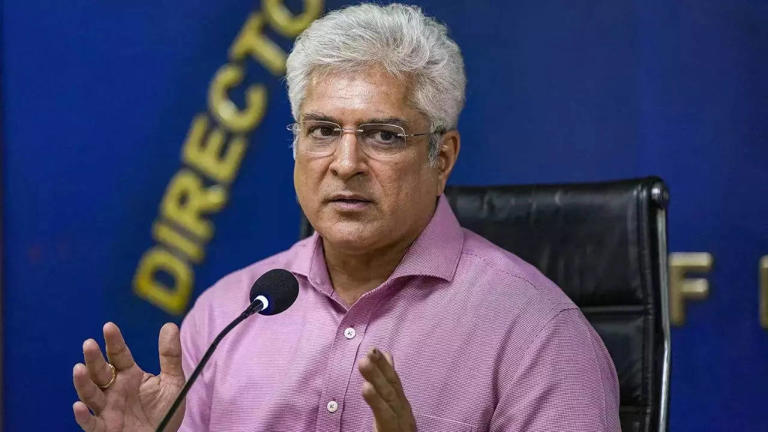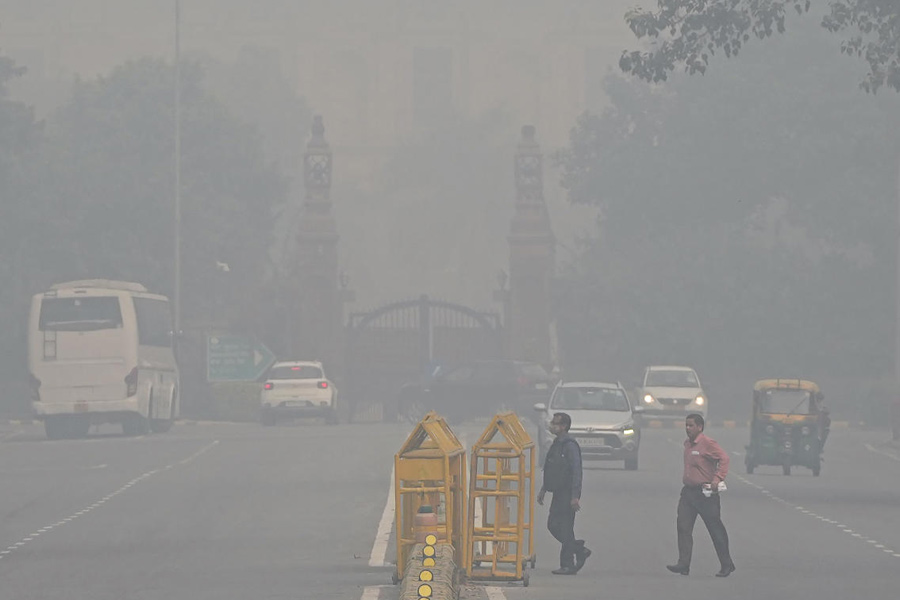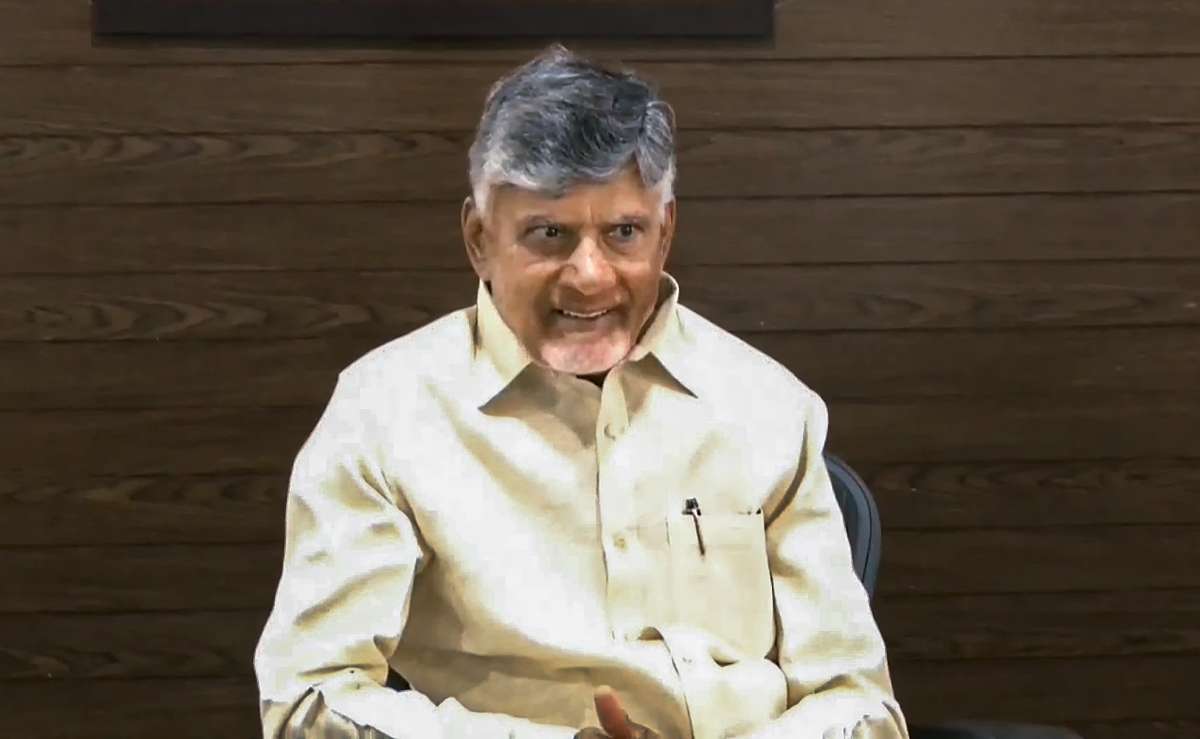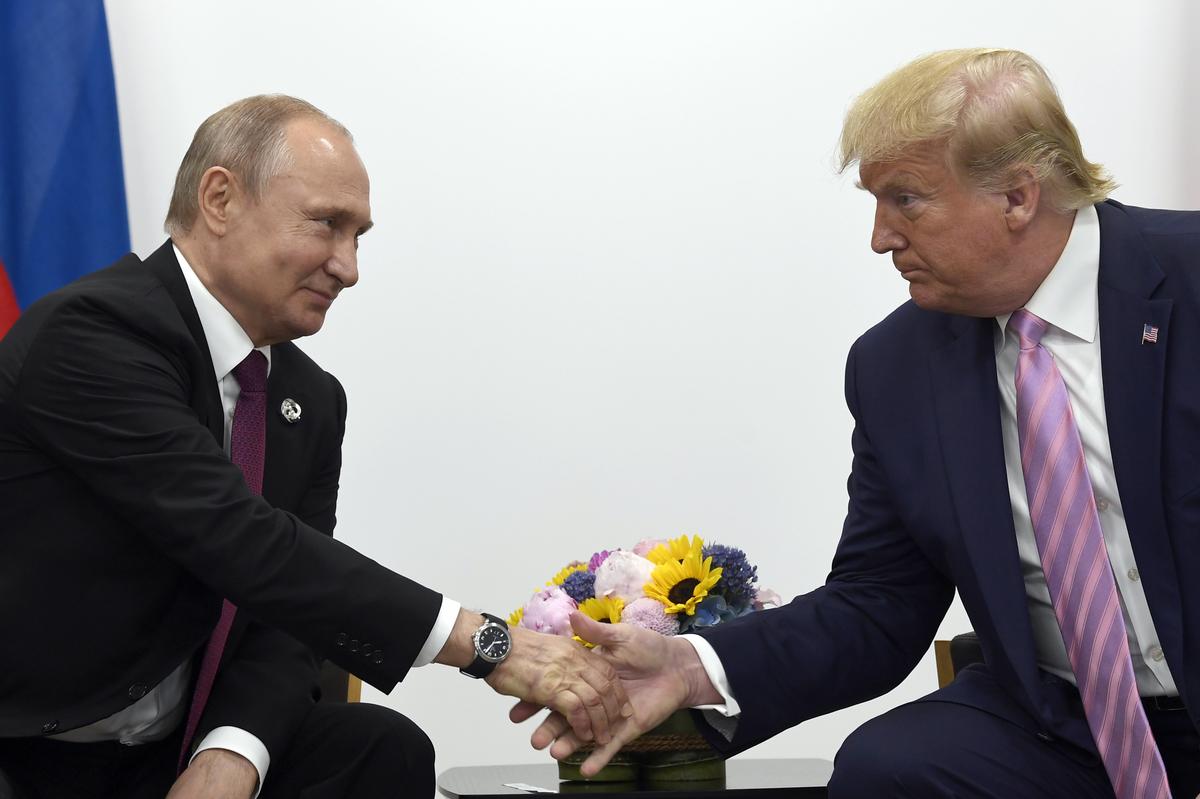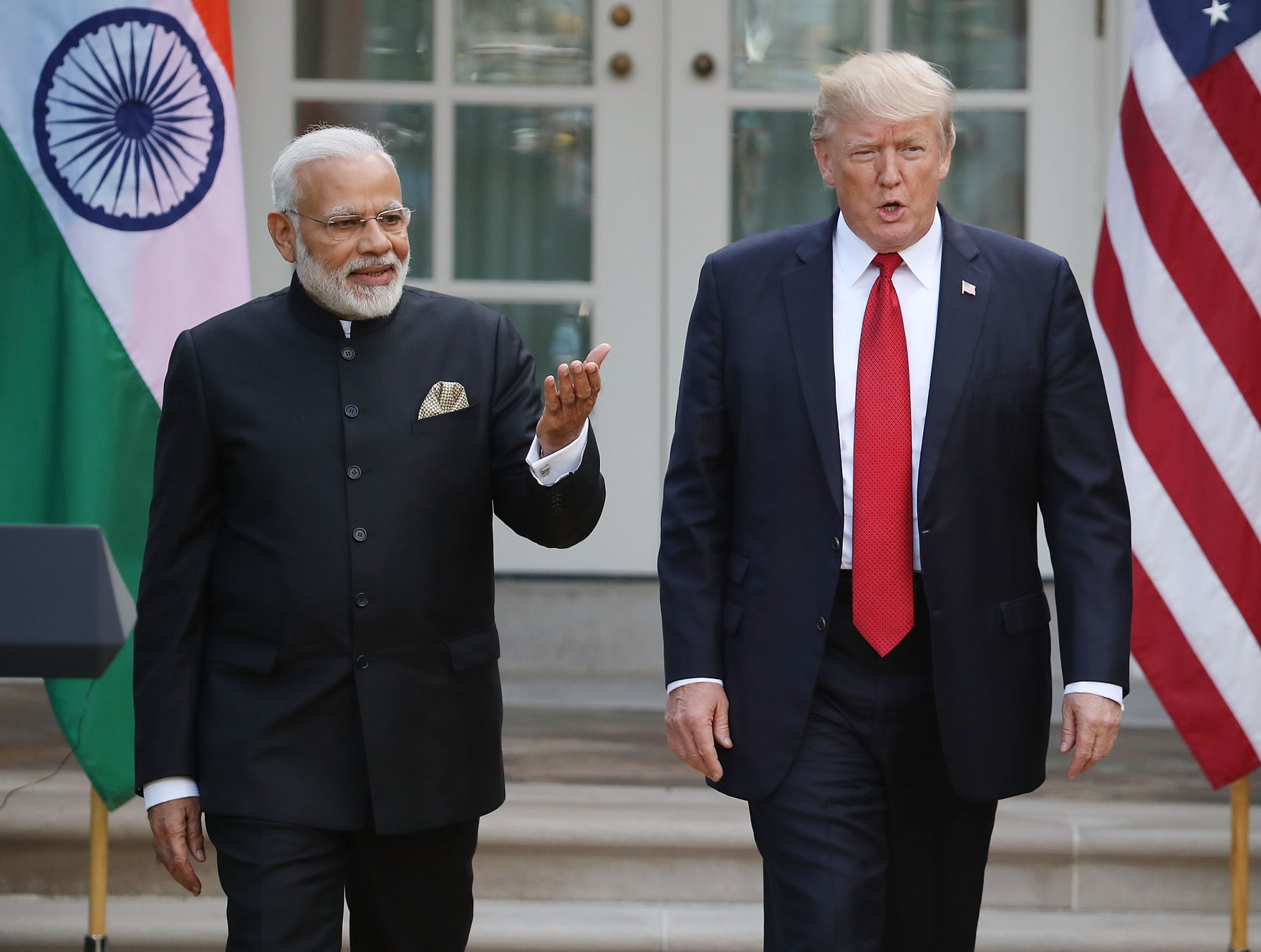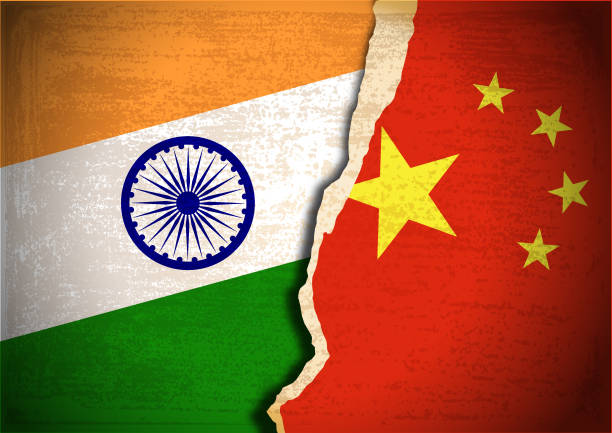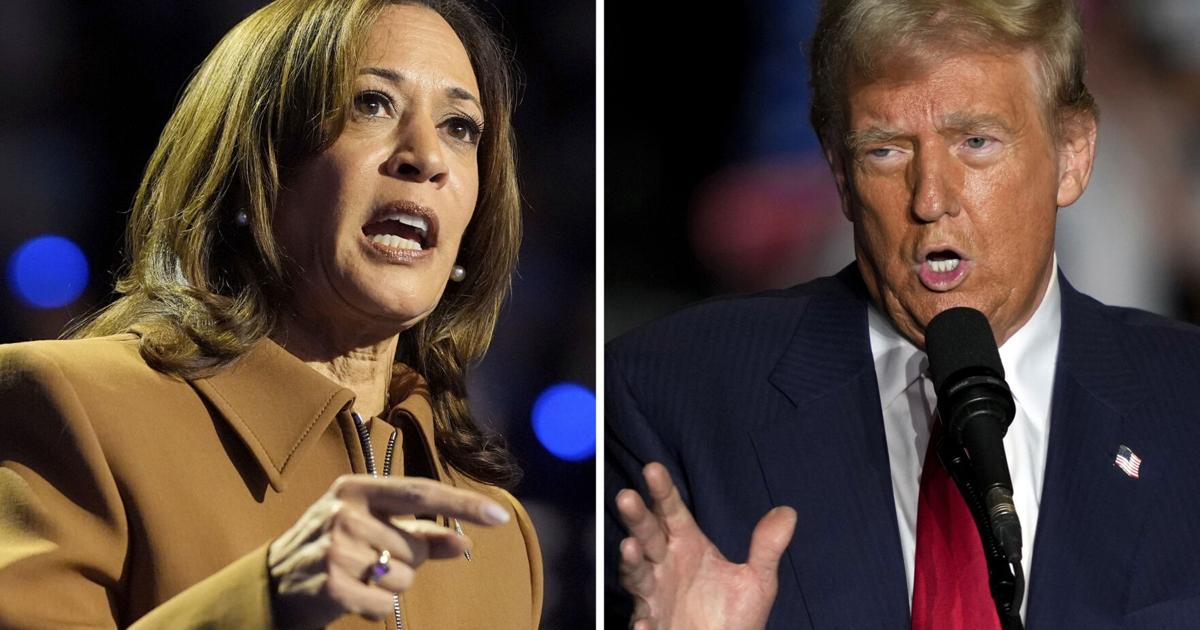Home / trending / India Deploys Cutting-Edge Security Systems Along Pakistan Border to Counter Infiltration Threats
India Deploys Cutting-Edge Security Systems Along Pakistan Border to Counter Infiltration Threats
By: My India Times
6 minutes read 40Updated At: 2025-04-21

In response to the increasing threat of cross-border terrorism and infiltration, the Indian government is enhancing its border security apparatus along the Line of Control (LoC) and International Border (IB) with Pakistan. The Ministry of Home Affairs (MHA), under the direction of Union Home Minister Amit Shah, has begun deploying an advanced electronic surveillance network to plug security gaps and counter new-age challenges, particularly those posed by subterranean tunnels and riverine infiltration routes.
This significant development comes in the backdrop of intensified encounters with foreign terrorists in the Jammu region, which have resulted in the loss of over 50 Army personnel in recent years. In a bid to stem this violence and strengthen India’s defensive capabilities, the Centre is now turning to a sophisticated mix of technology and tactical infrastructure.
A Multi-Layered Surveillance Framework
Sources within the MHA have revealed that this new electronic surveillance system is a comprehensive and integrated solution comprising several high-tech tools. At the heart of the setup are human detection radars capable of sensing even minute movements across the border. These radars are being complemented by thermal imaging devices and high-resolution day-and-night cameras, creating a 24/7 surveillance grid along key stretches of the border.
Floodlights have also been installed across several parts of the fencing to ensure visibility during night hours. These are especially useful in sectors where natural visibility is hindered due to terrain or weather conditions. Additionally, the system features AI-powered monitoring platforms that analyze live feeds and detect suspicious activities in real-time, alerting personnel for immediate action.
Seismic Sensors to Thwart Tunnel Infiltration
One of the most notable advancements is the deployment of seismic sensors to detect underground tunneling—a tactic that has been increasingly employed by terrorist groups to bypass traditional border security measures. These sensors are capable of identifying subtle vibrations caused by digging activities, even from significant depths underground. By detecting such activities early, the Border Security Force (BSF) and other agencies can act proactively to neutralize potential threats before they materialize.
Tunnel detection has been a longstanding challenge for Indian security forces. In the past, several covert tunnels—some extending over hundreds of meters—have been uncovered near the border, believed to be used by Pakistan-backed infiltrators. With seismic sensors in place, the government hopes to significantly reduce this vulnerability.
Enhanced Vigilance Over Riverine Routes
Infiltration is not limited to land alone. Riverine and marshy stretches of the border pose a unique challenge due to their natural inaccessibility and lack of physical barriers. To address this, the surveillance network now includes tech-enabled patrolling solutions for these areas. High-speed boats fitted with sensors and cameras, drones with night vision capabilities, and satellite tracking are being used to keep an eye on these vulnerable routes.
Real-time monitoring is being carried out at several command centers established along the border. Data from various surveillance points—including radars, cameras, and seismic detectors—are fed into these command hubs, where intelligence officials analyze and coordinate responses swiftly.
Experimental Trials Underway
While some of the systems have already been deployed in critical zones, the MHA is also experimenting with additional high-tech surveillance equipment. Trials are underway to assess the feasibility of using advanced artificial intelligence, machine learning algorithms, and satellite-based analytics to predict infiltration attempts based on patterns and behavioral analysis.
Officials state that the goal is to eventually create a “smart border” — one where machine learning tools can anticipate threats, alert teams in real time, and coordinate a targeted and rapid response using minimal human intervention.
Holistic Border Security Approach
The deployment of this integrated security system reflects a larger policy shift toward technology-led border management. In recent years, India has been increasingly focusing on a combination of physical barriers and tech-driven solutions to enhance border security. The fencing along the International Border in Jammu and Punjab has been reinforced, and similar upgrades are being planned for the LoC in Kashmir.
Moreover, the MHA is working closely with the Ministry of Defence, intelligence agencies, and the BSF to ensure seamless coordination and data sharing across platforms. This interoperability is considered crucial for ensuring quick decision-making during times of emergency or infiltration attempts.
Local Support and Infrastructure
In addition to the surveillance systems, infrastructural development along border areas is also receiving renewed focus. Roads are being constructed and upgraded to ensure quicker movement of troops and supplies. Communication towers are being installed to eliminate blind spots in digital connectivity, which are essential for remote surveillance operations.
Villages near the border are being sensitized and equipped with mobile-based alert systems so residents can notify security forces of any unusual activity. Such civil-military cooperation is expected to create a more vigilant and responsive border ecosystem.
Global Benchmarking and Technological Partnerships
India’s approach to border surveillance is increasingly aligning with international standards. Similar systems are in use in countries like Israel and the United States, where high-tech tools have significantly reduced illegal crossings. Indian authorities are reportedly studying these models and adapting them to suit the unique topography and threat landscape of the India-Pakistan border.
Collaborations with domestic and international tech firms are also being explored to continuously upgrade and innovate security solutions. The use of indigenous technology, especially under the “Make in India” and “Atmanirbhar Bharat” initiatives, is being promoted to reduce dependency on foreign hardware.
Future Outlook
As cross-border terrorism continues to evolve, India’s response too is becoming increasingly dynamic. The deployment of electronic surveillance and intelligent security tools signals a decisive shift in how the country manages its border security. While challenges remain—such as weather disruptions, complex terrain, and evolving enemy tactics—the integration of technology promises a more fortified and responsive border defense system.
With plans to expand this surveillance model to other sensitive borders in the future, the MHA’s initiative marks a critical milestone in India’s national security strategy. If executed successfully, it could serve as a blueprint for comprehensive border management not just in South Asia but globally.
Conclusion
In an era where asymmetric warfare and unconventional threats dominate security discourse, India’s move to digitize and technologically bolster its borders represents both foresight and necessity. By investing in human detection radars, seismic sensors, and AI-powered analytics, the government is not just responding to current threats but also preparing for the future. The success of this high-tech endeavor will ultimately lie in its ability to integrate seamlessly with human intelligence and boots on the ground—a synergy that promises to safeguard the nation against infiltration and aggression from across the border.
....In response to the increasing threat of cross-border terrorism and infiltration, the Indian government is enhancing its border security apparatus along the Line of Control (LoC) and International Border (IB) with Pakistan. The Ministry of Home Affairs (MHA), under the direction of Union Home Minister Amit Shah, has begun deploying an advanced electronic surveillance network to plug security gaps and counter new-age challenges, particularly those posed by subterranean tunnels and riverine infiltration routes.
This significant development comes in the backdrop of intensified encounters with foreign terrorists in the Jammu region, which have resulted in the loss of over 50 Army personnel in recent years. In a bid to stem this violence and strengthen India’s defensive capabilities, the Centre is now turning to a sophisticated mix of technology and tactical infrastructure.
A Multi-Layered Surveillance Framework
Sources within the MHA have revealed that this new electronic surveillance system is a comprehensive and integrated solution comprising several high-tech tools. At the heart of the setup are human detection radars capable of sensing even minute movements across the border. These radars are being complemented by thermal imaging devices and high-resolution day-and-night cameras, creating a 24/7 surveillance grid along key stretches of the border.
Floodlights have also been installed across several parts of the fencing to ensure visibility during night hours. These are especially useful in sectors where natural visibility is hindered due to terrain or weather conditions. Additionally, the system features AI-powered monitoring platforms that analyze live feeds and detect suspicious activities in real-time, alerting personnel for immediate action.
Seismic Sensors to Thwart Tunnel Infiltration
One of the most notable advancements is the deployment of seismic sensors to detect underground tunneling—a tactic that has been increasingly employed by terrorist groups to bypass traditional border security measures. These sensors are capable of identifying subtle vibrations caused by digging activities, even from significant depths underground. By detecting such activities early, the Border Security Force (BSF) and other agencies can act proactively to neutralize potential threats before they materialize.
Tunnel detection has been a longstanding challenge for Indian security forces. In the past, several covert tunnels—some extending over hundreds of meters—have been uncovered near the border, believed to be used by Pakistan-backed infiltrators. With seismic sensors in place, the government hopes to significantly reduce this vulnerability.
Enhanced Vigilance Over Riverine Routes
Infiltration is not limited to land alone. Riverine and marshy stretches of the border pose a unique challenge due to their natural inaccessibility and lack of physical barriers. To address this, the surveillance network now includes tech-enabled patrolling solutions for these areas. High-speed boats fitted with sensors and cameras, drones with night vision capabilities, and satellite tracking are being used to keep an eye on these vulnerable routes.
Real-time monitoring is being carried out at several command centers established along the border. Data from various surveillance points—including radars, cameras, and seismic detectors—are fed into these command hubs, where intelligence officials analyze and coordinate responses swiftly.
Experimental Trials Underway
While some of the systems have already been deployed in critical zones, the MHA is also experimenting with additional high-tech surveillance equipment. Trials are underway to assess the feasibility of using advanced artificial intelligence, machine learning algorithms, and satellite-based analytics to predict infiltration attempts based on patterns and behavioral analysis.
Officials state that the goal is to eventually create a “smart border” — one where machine learning tools can anticipate threats, alert teams in real time, and coordinate a targeted and rapid response using minimal human intervention.
Holistic Border Security Approach
The deployment of this integrated security system reflects a larger policy shift toward technology-led border management. In recent years, India has been increasingly focusing on a combination of physical barriers and tech-driven solutions to enhance border security. The fencing along the International Border in Jammu and Punjab has been reinforced, and similar upgrades are being planned for the LoC in Kashmir.
Moreover, the MHA is working closely with the Ministry of Defence, intelligence agencies, and the BSF to ensure seamless coordination and data sharing across platforms. This interoperability is considered crucial for ensuring quick decision-making during times of emergency or infiltration attempts.
Local Support and Infrastructure
In addition to the surveillance systems, infrastructural development along border areas is also receiving renewed focus. Roads are being constructed and upgraded to ensure quicker movement of troops and supplies. Communication towers are being installed to eliminate blind spots in digital connectivity, which are essential for remote surveillance operations.
Villages near the border are being sensitized and equipped with mobile-based alert systems so residents can notify security forces of any unusual activity. Such civil-military cooperation is expected to create a more vigilant and responsive border ecosystem.
Global Benchmarking and Technological Partnerships
India’s approach to border surveillance is increasingly aligning with international standards. Similar systems are in use in countries like Israel and the United States, where high-tech tools have significantly reduced illegal crossings. Indian authorities are reportedly studying these models and adapting them to suit the unique topography and threat landscape of the India-Pakistan border.
Collaborations with domestic and international tech firms are also being explored to continuously upgrade and innovate security solutions. The use of indigenous technology, especially under the “Make in India” and “Atmanirbhar Bharat” initiatives, is being promoted to reduce dependency on foreign hardware.
Future Outlook
As cross-border terrorism continues to evolve, India’s response too is becoming increasingly dynamic. The deployment of electronic surveillance and intelligent security tools signals a decisive shift in how the country manages its border security. While challenges remain—such as weather disruptions, complex terrain, and evolving enemy tactics—the integration of technology promises a more fortified and responsive border defense system.
With plans to expand this surveillance model to other sensitive borders in the future, the MHA’s initiative marks a critical milestone in India’s national security strategy. If executed successfully, it could serve as a blueprint for comprehensive border management not just in South Asia but globally.
Conclusion
In an era where asymmetric warfare and unconventional threats dominate security discourse, India’s move to digitize and technologically bolster its borders represents both foresight and necessity. By investing in human detection radars, seismic sensors, and AI-powered analytics, the government is not just responding to current threats but also preparing for the future. The success of this high-tech endeavor will ultimately lie in its ability to integrate seamlessly with human intelligence and boots on the ground—a synergy that promises to safeguard the nation against infiltration and aggression from across the border.
By: My India Times
Updated At: 2025-04-21
Tags: trending News | My India Times News | Trending News | Travel News
Join our WhatsApp Channel

Similiar News

US Supreme Court Rejects 26/11 Accused Tahawwur Rana’s Plea to Block Extradition to India
2025-03-08
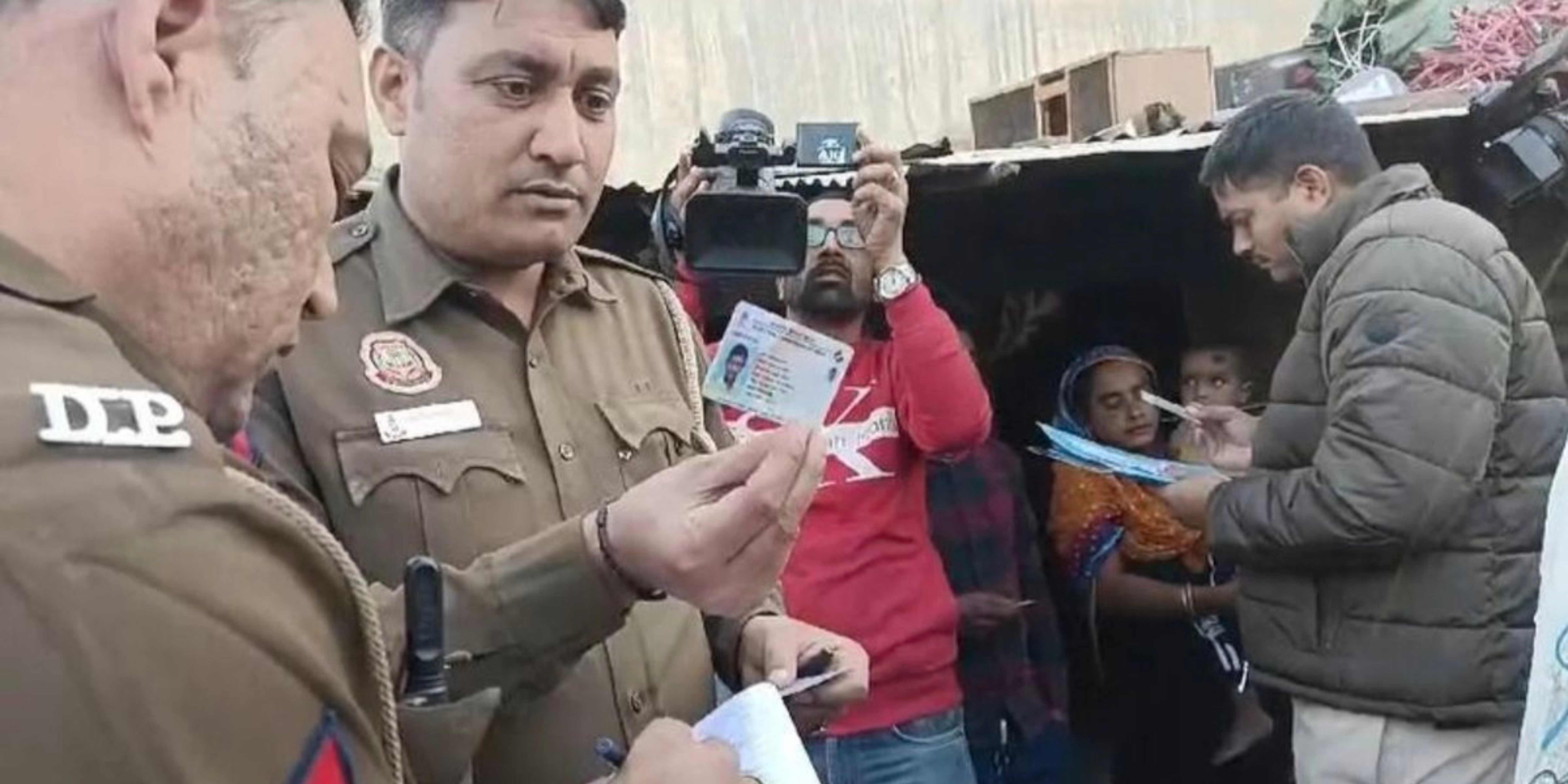





















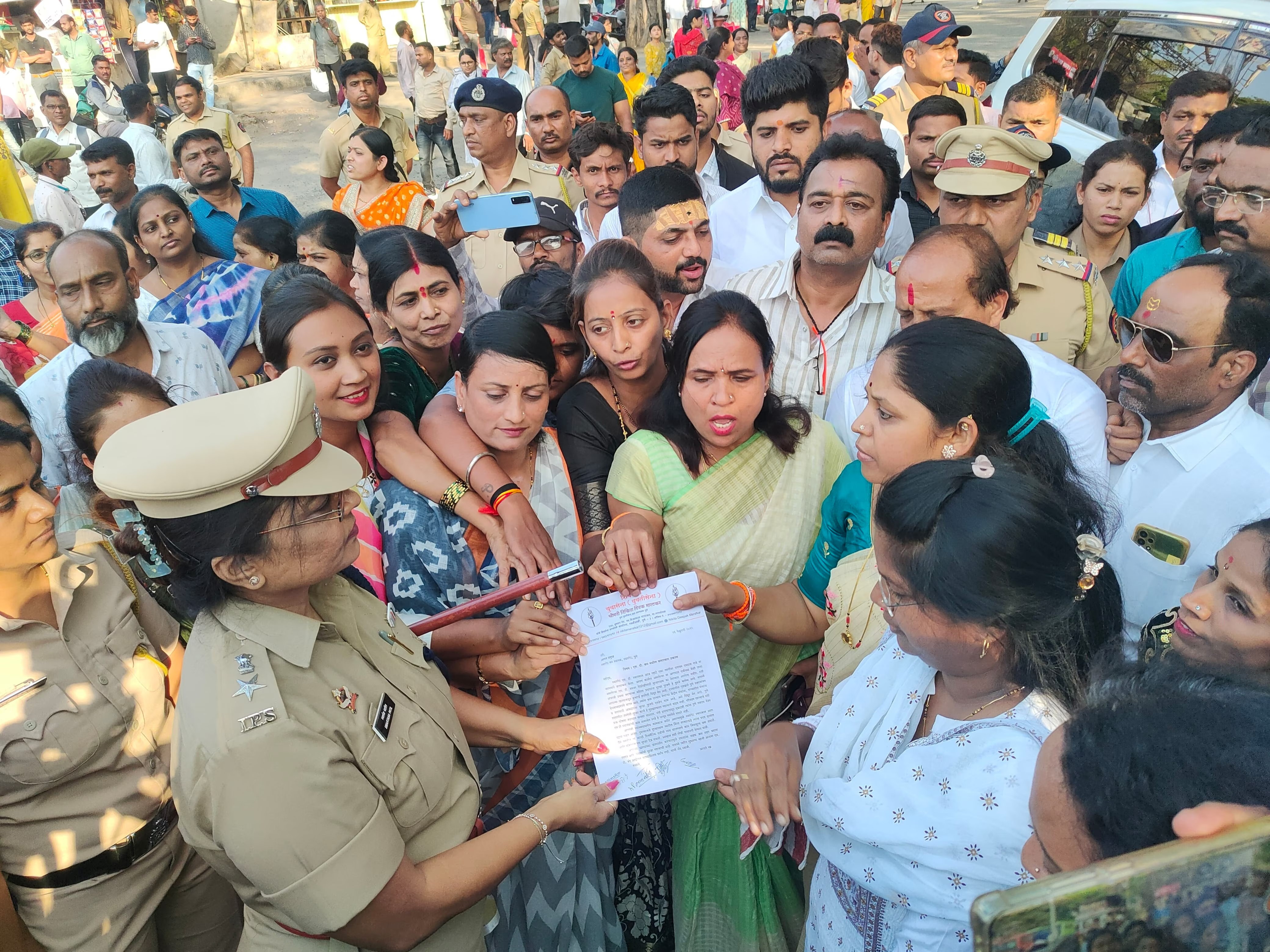


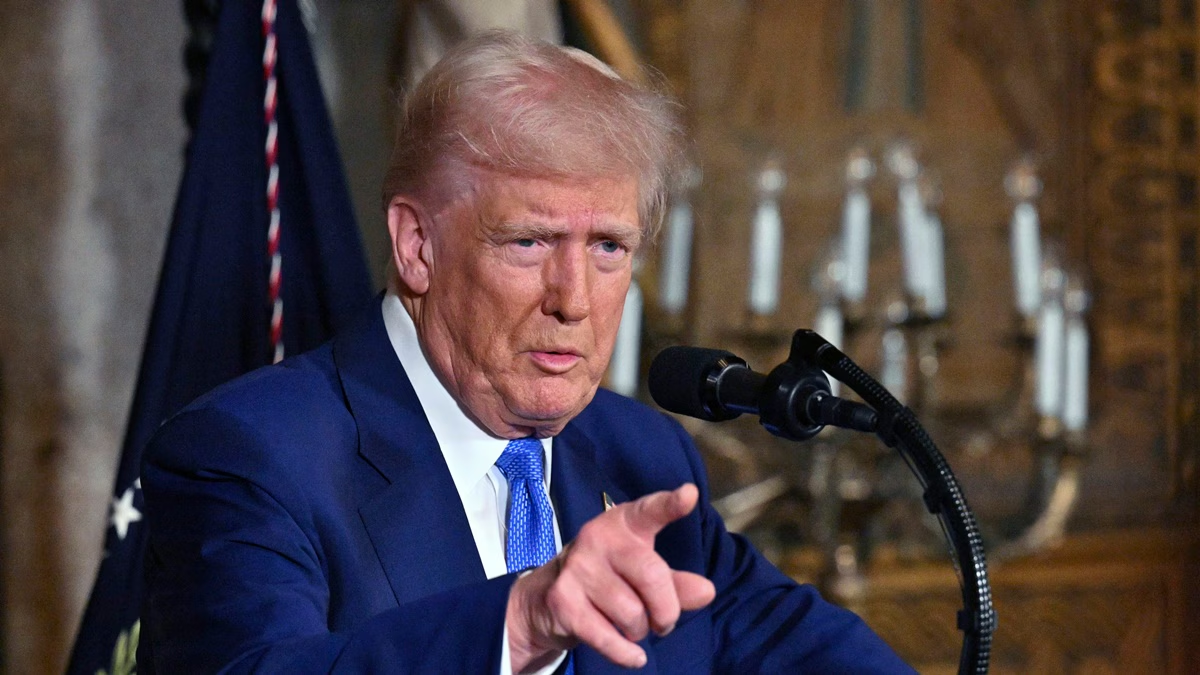
















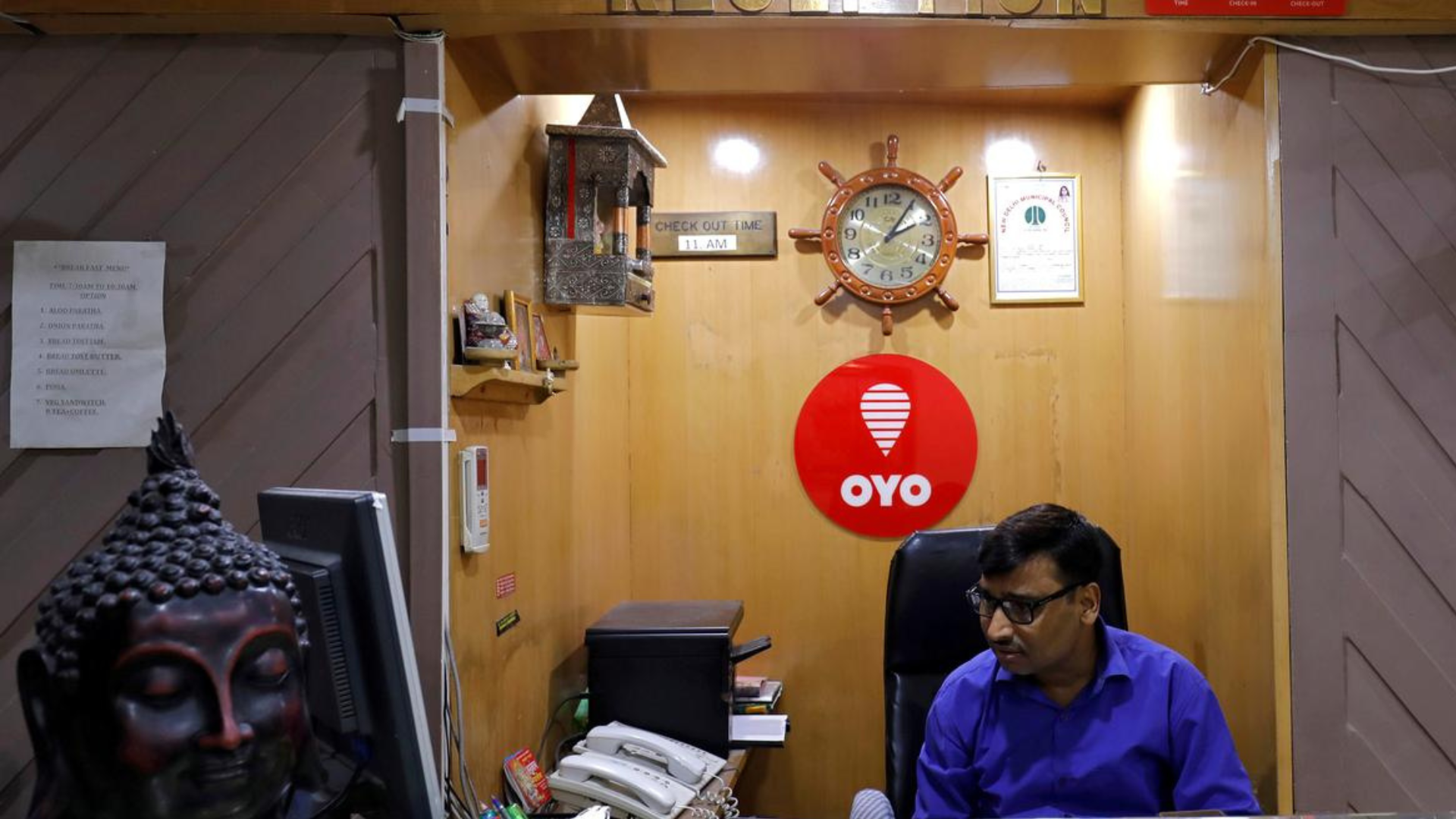

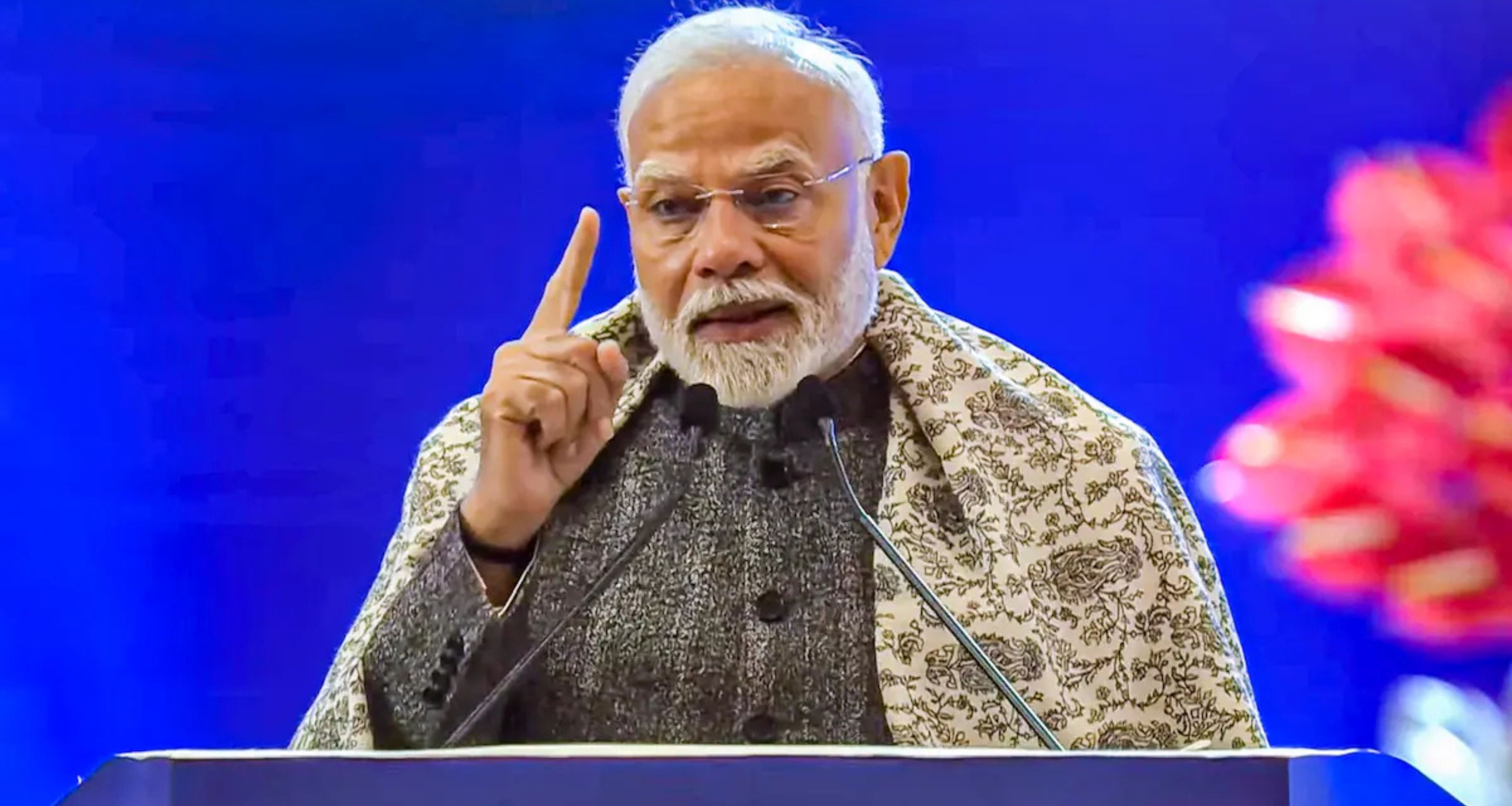
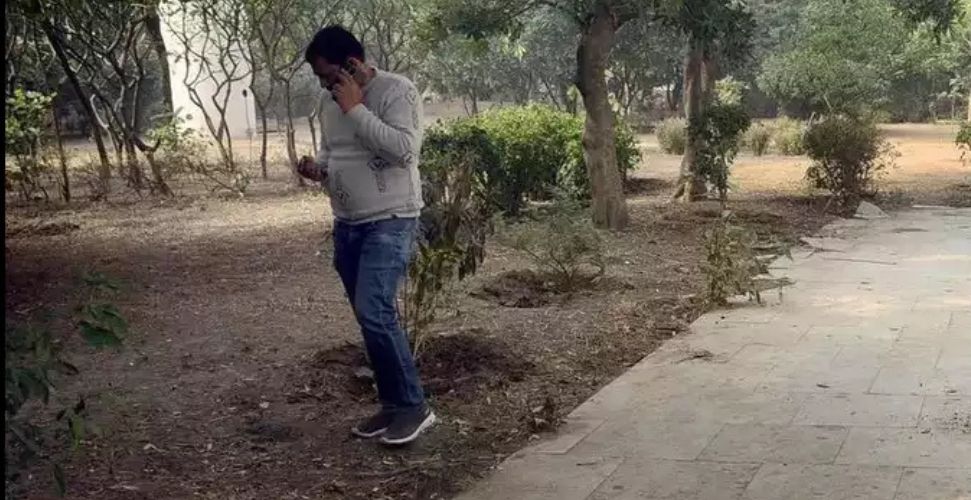


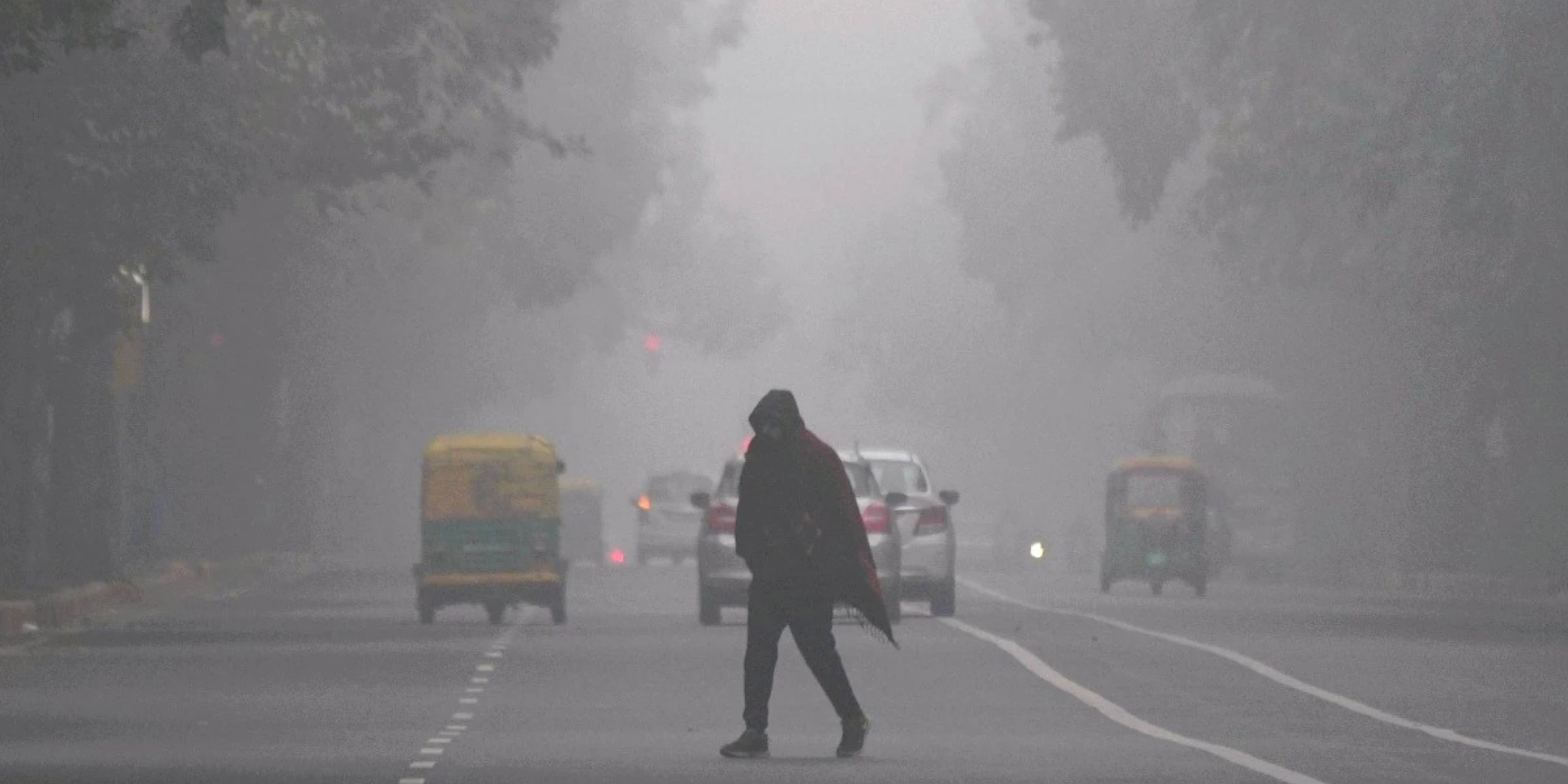

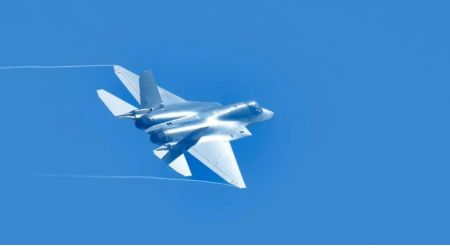


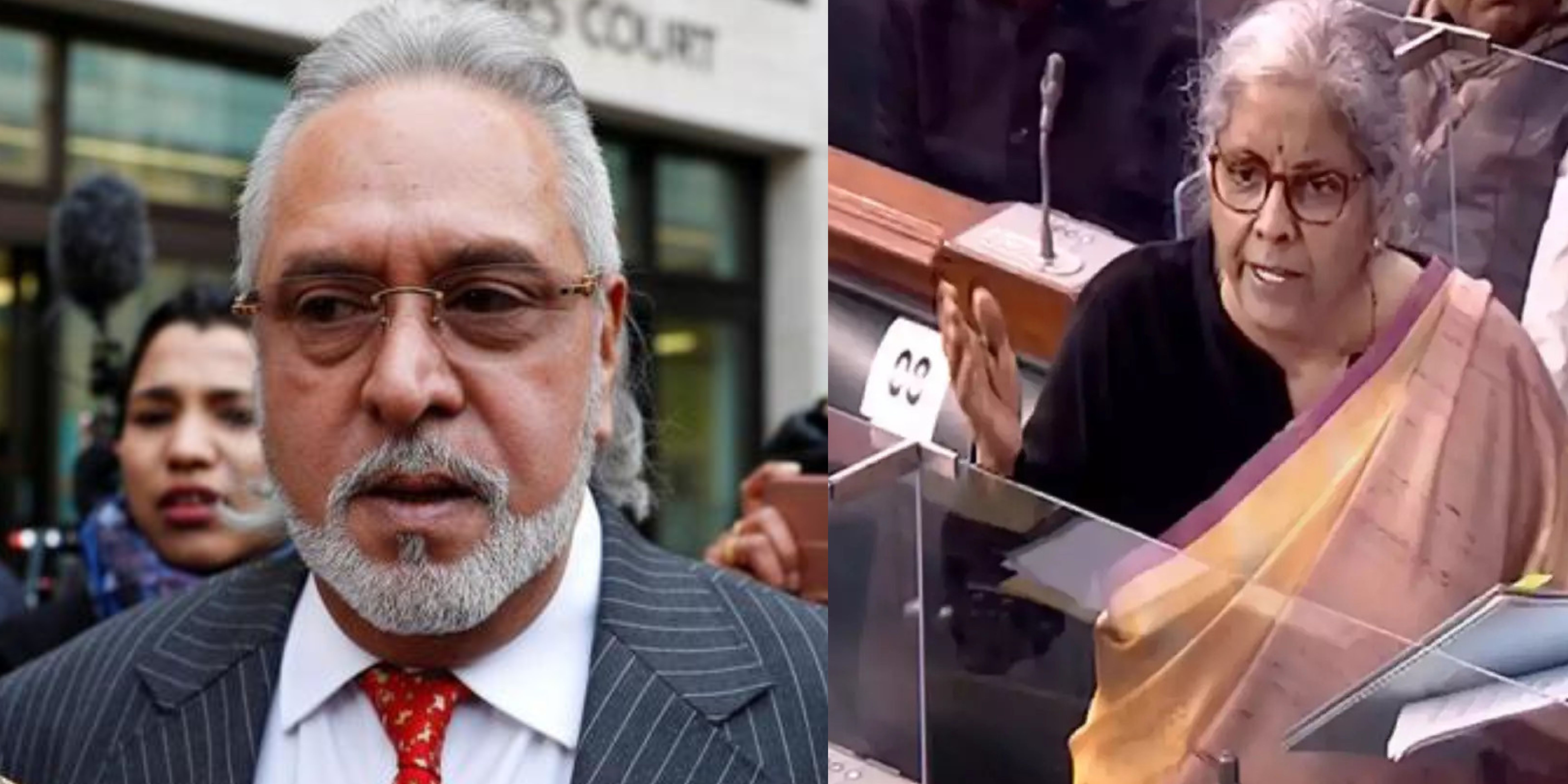
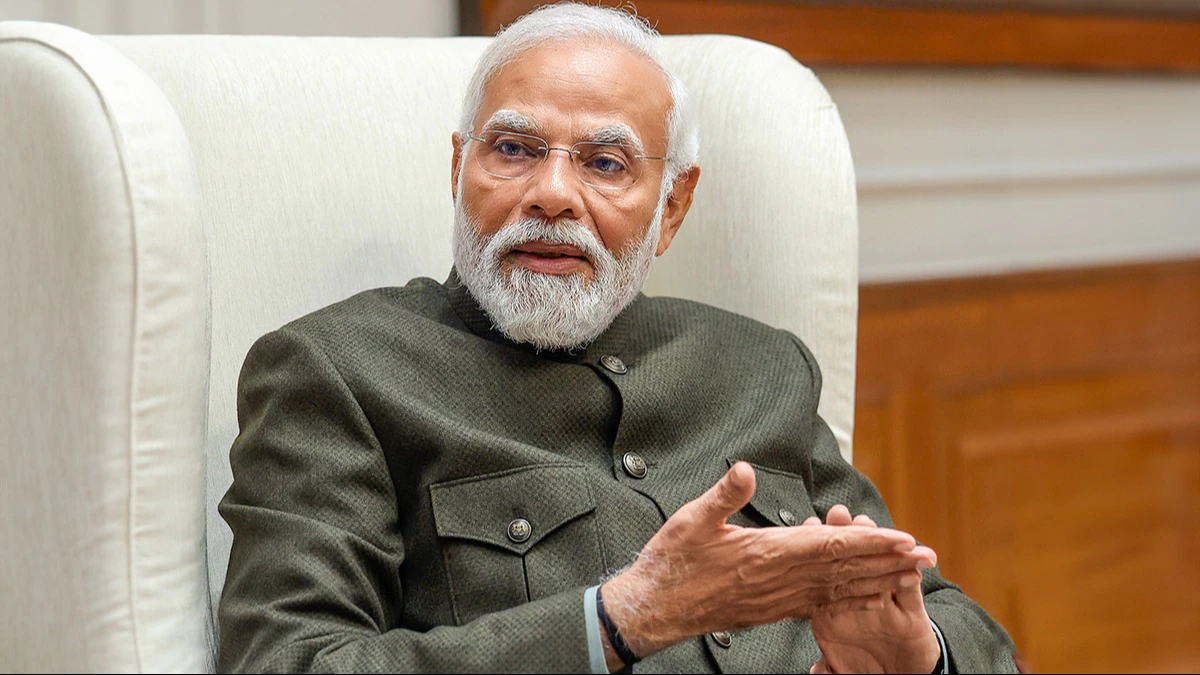




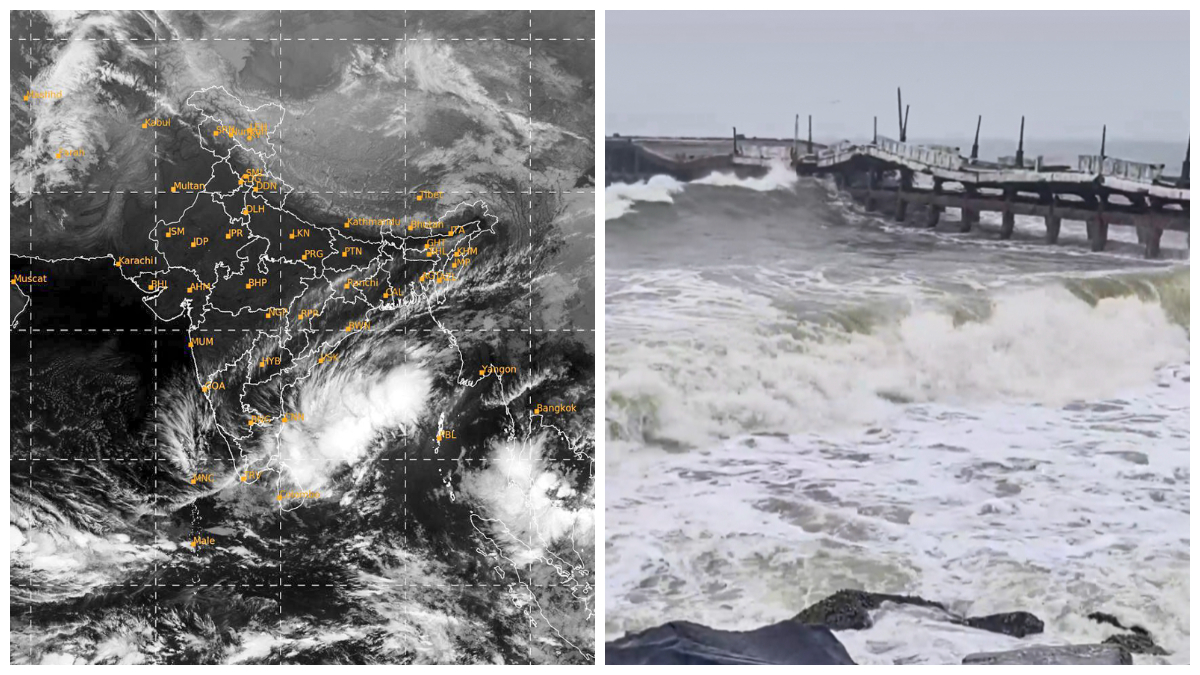



.jfif)



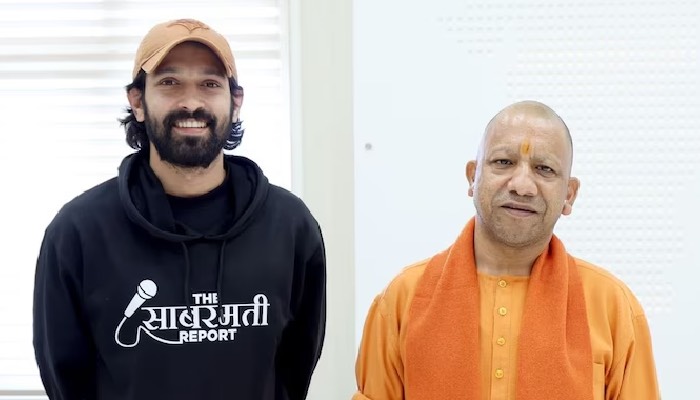

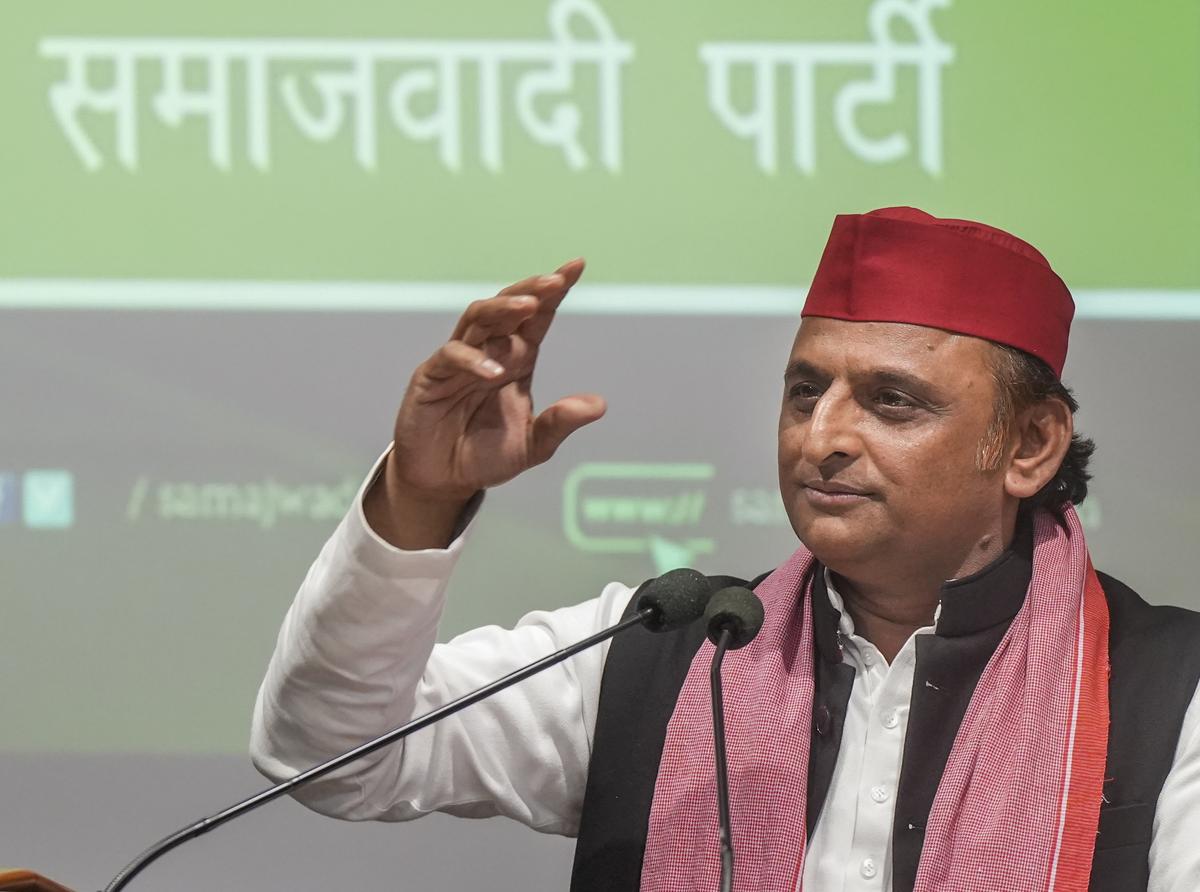



.jpg)

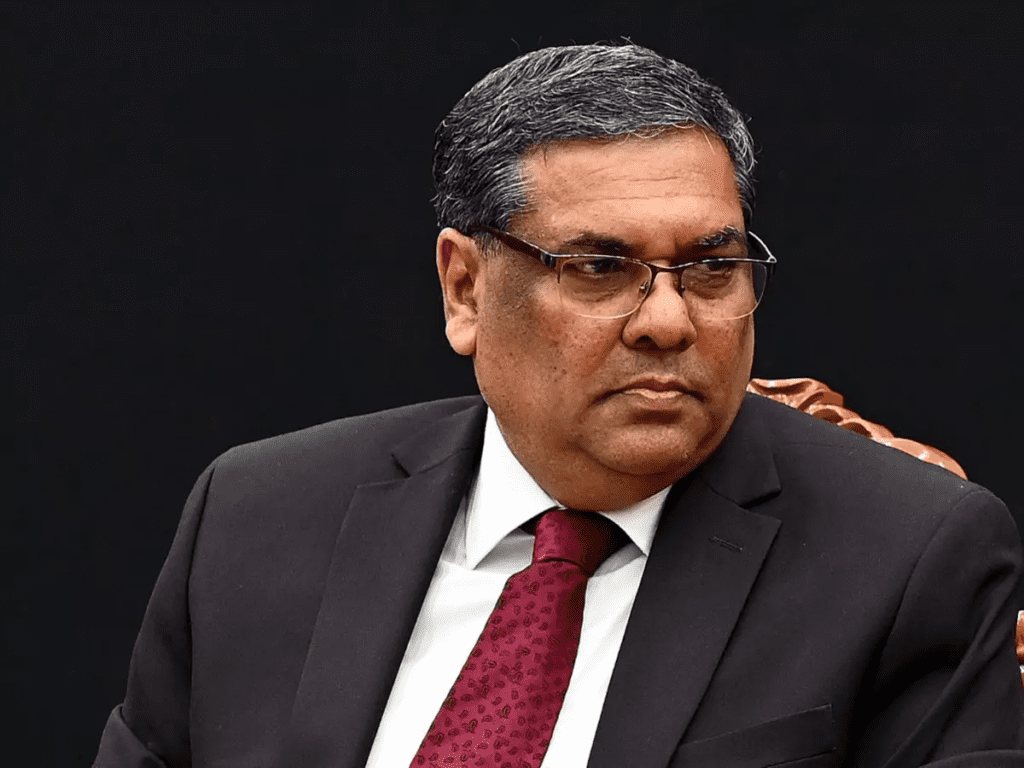

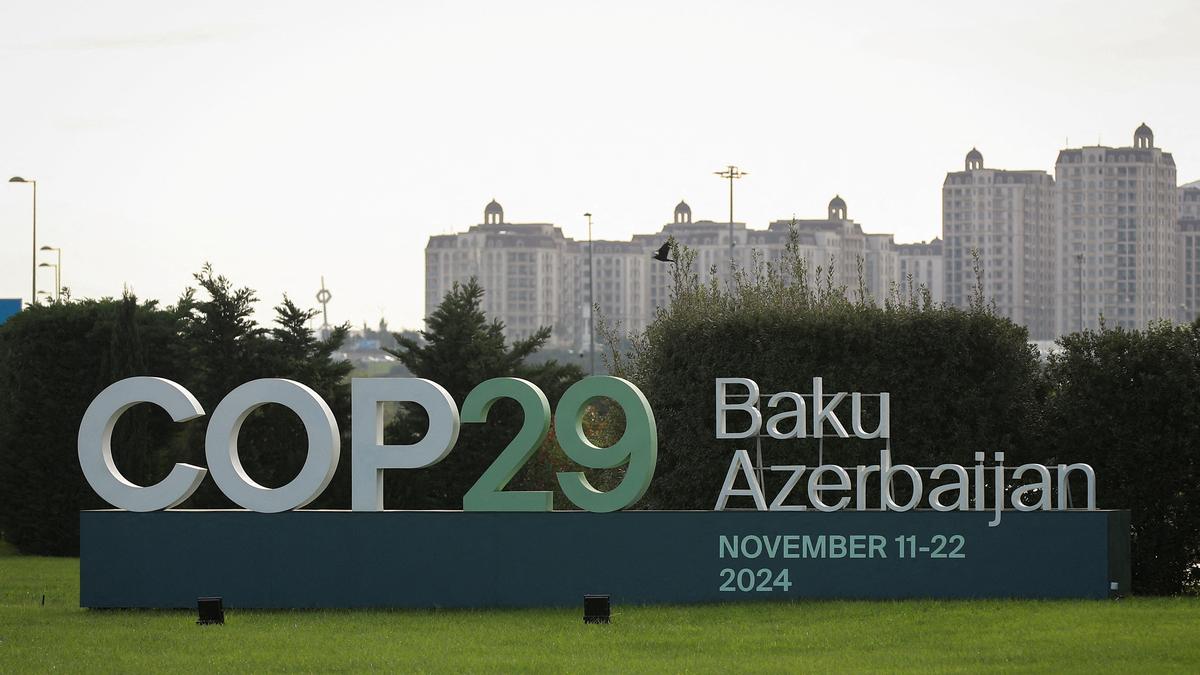


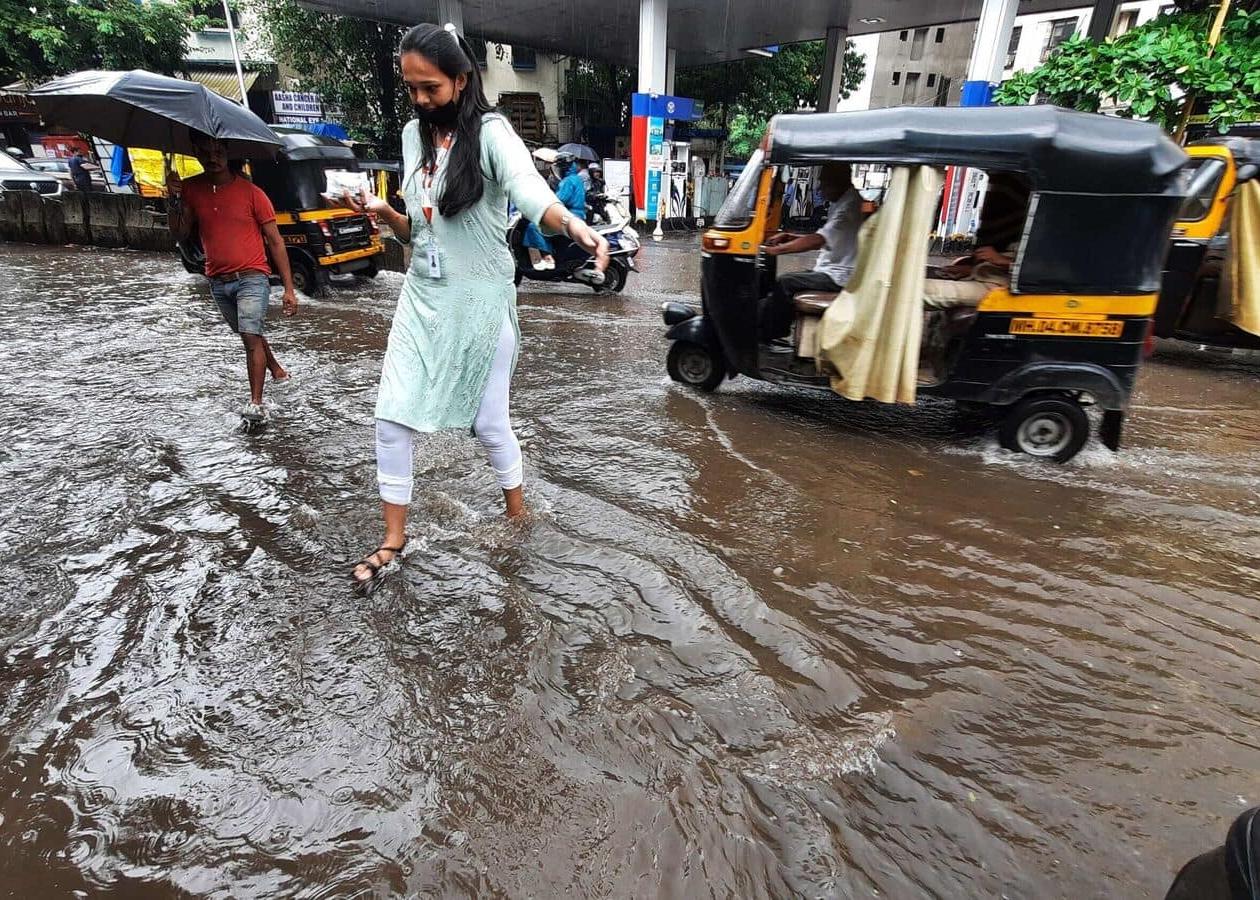

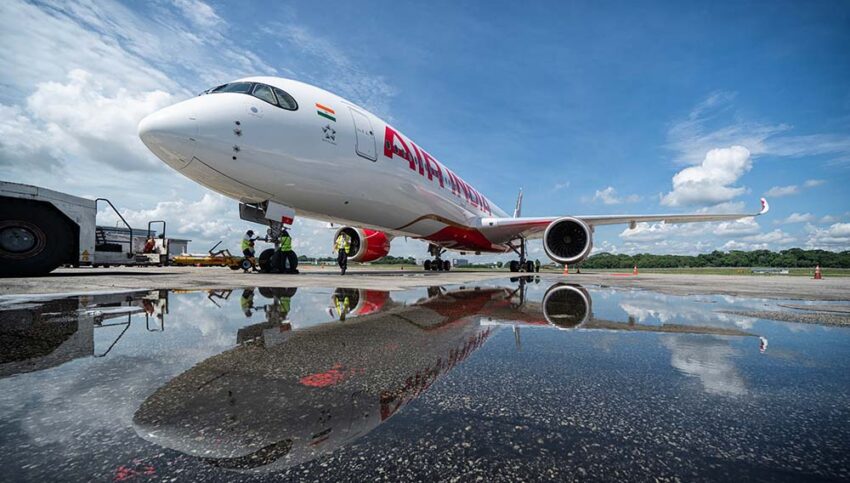
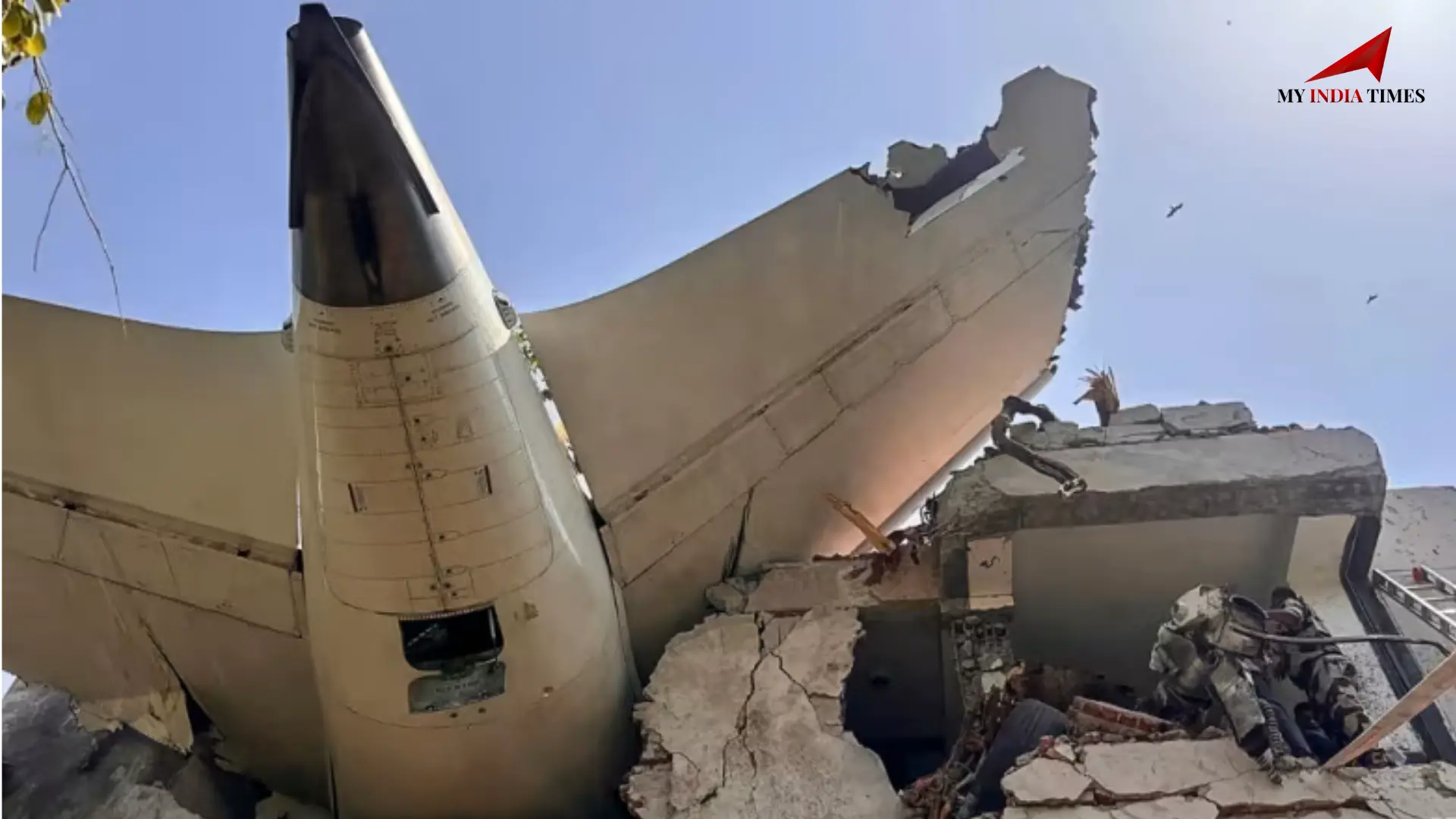
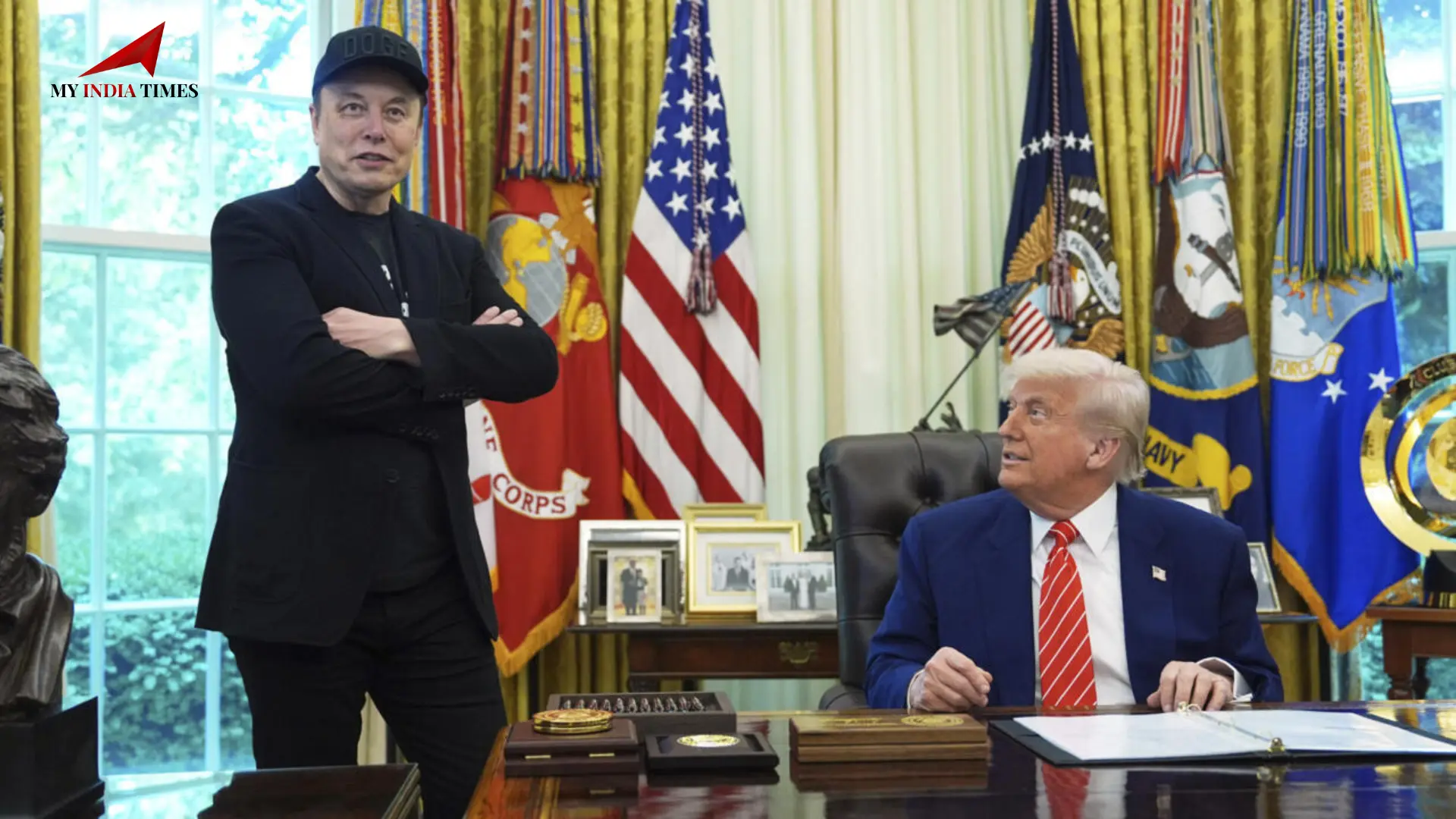



















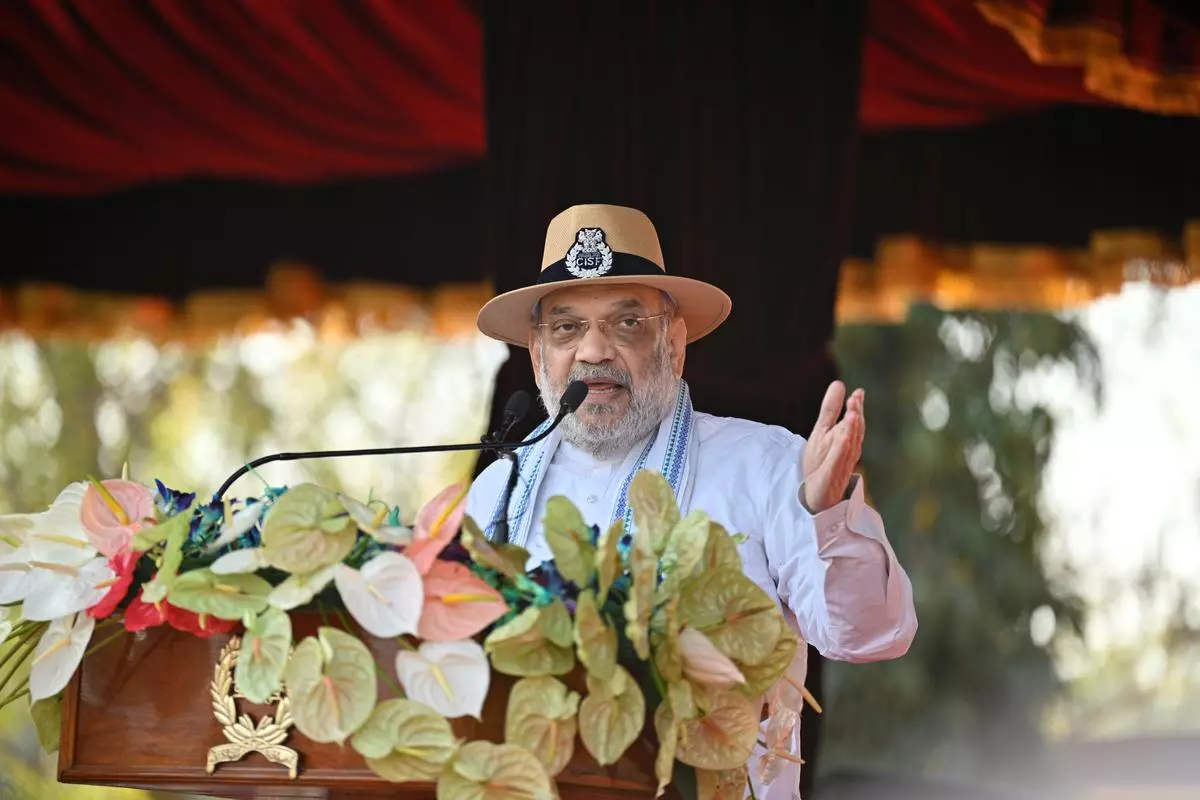






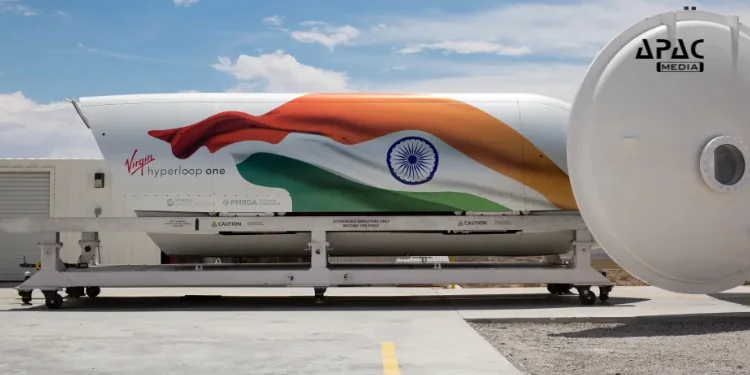



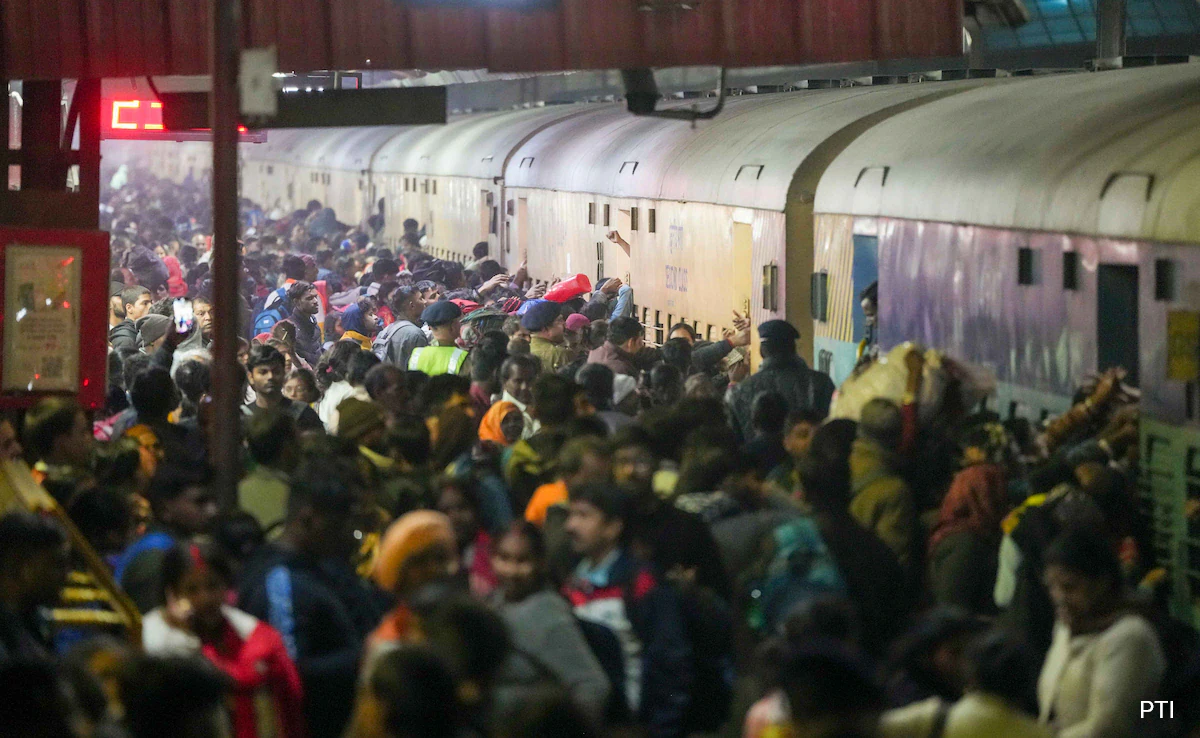
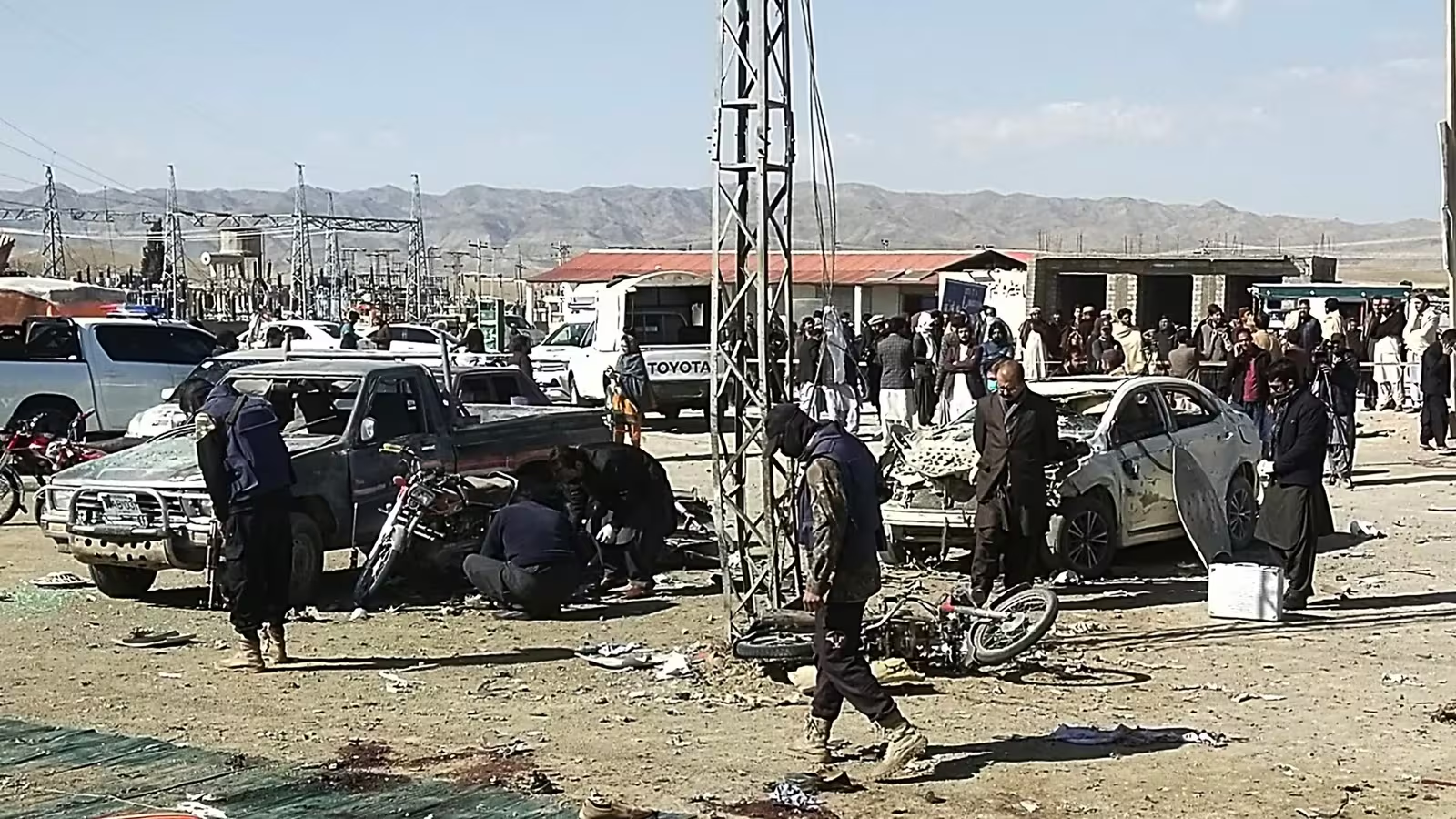
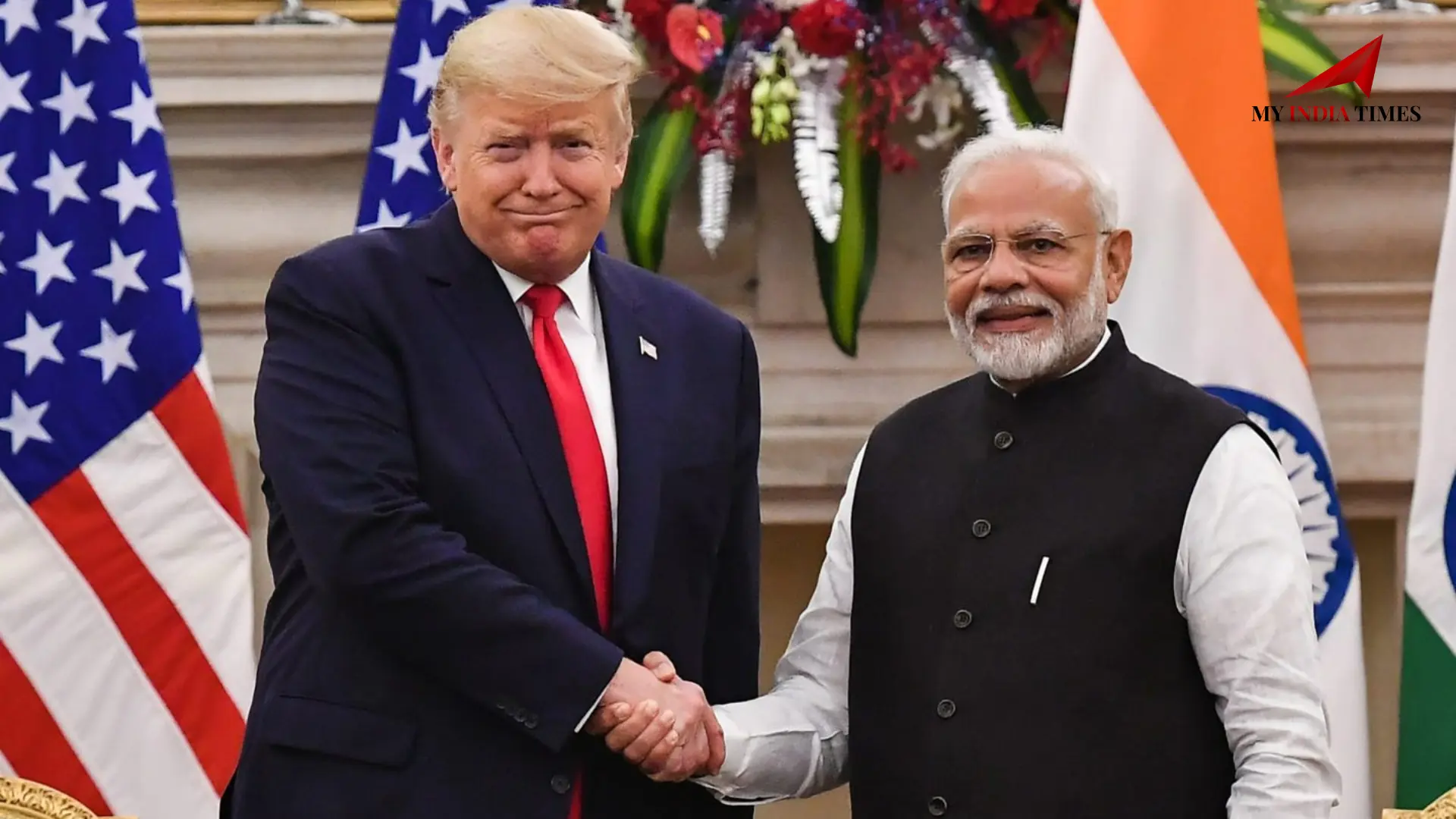
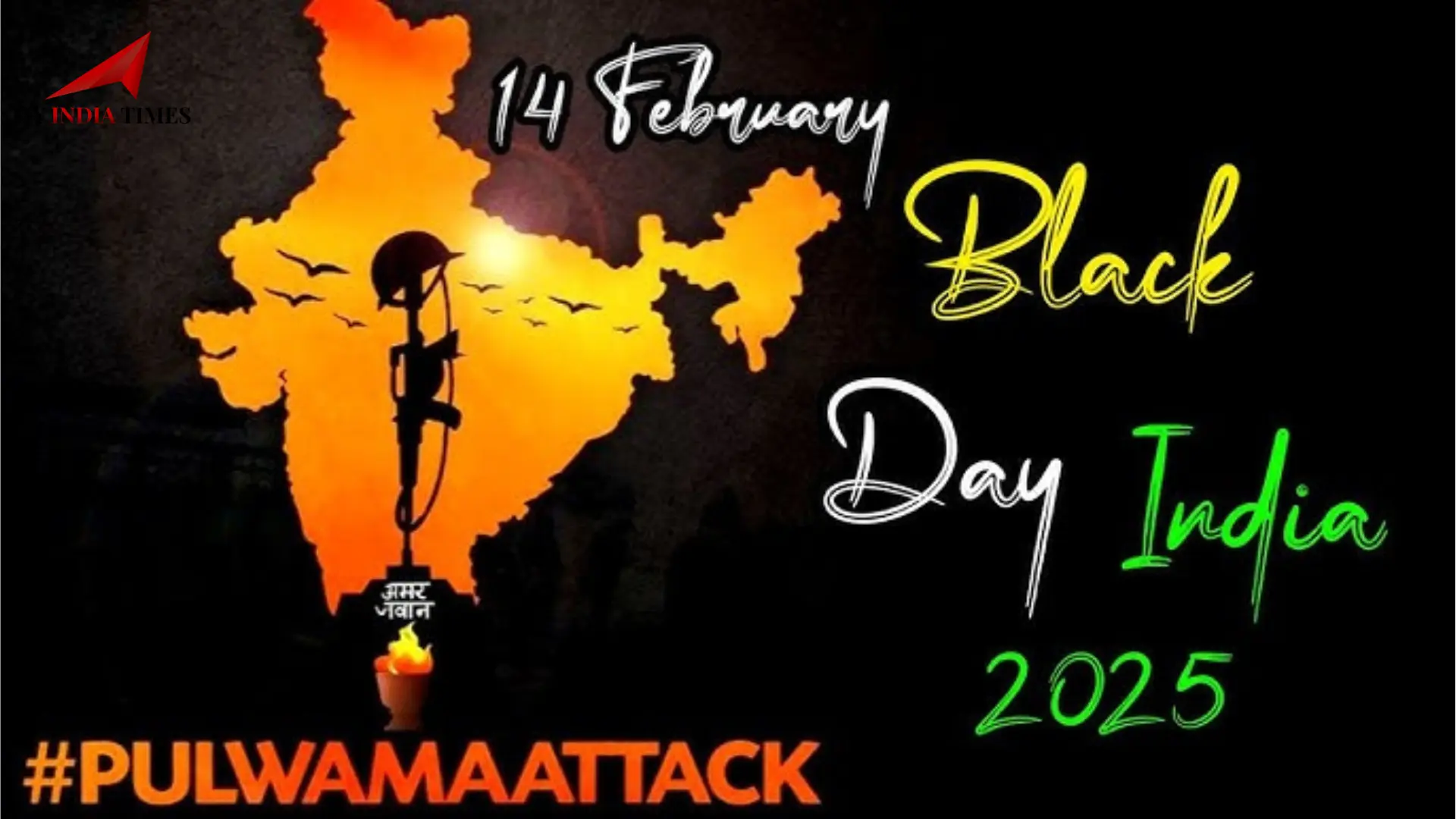
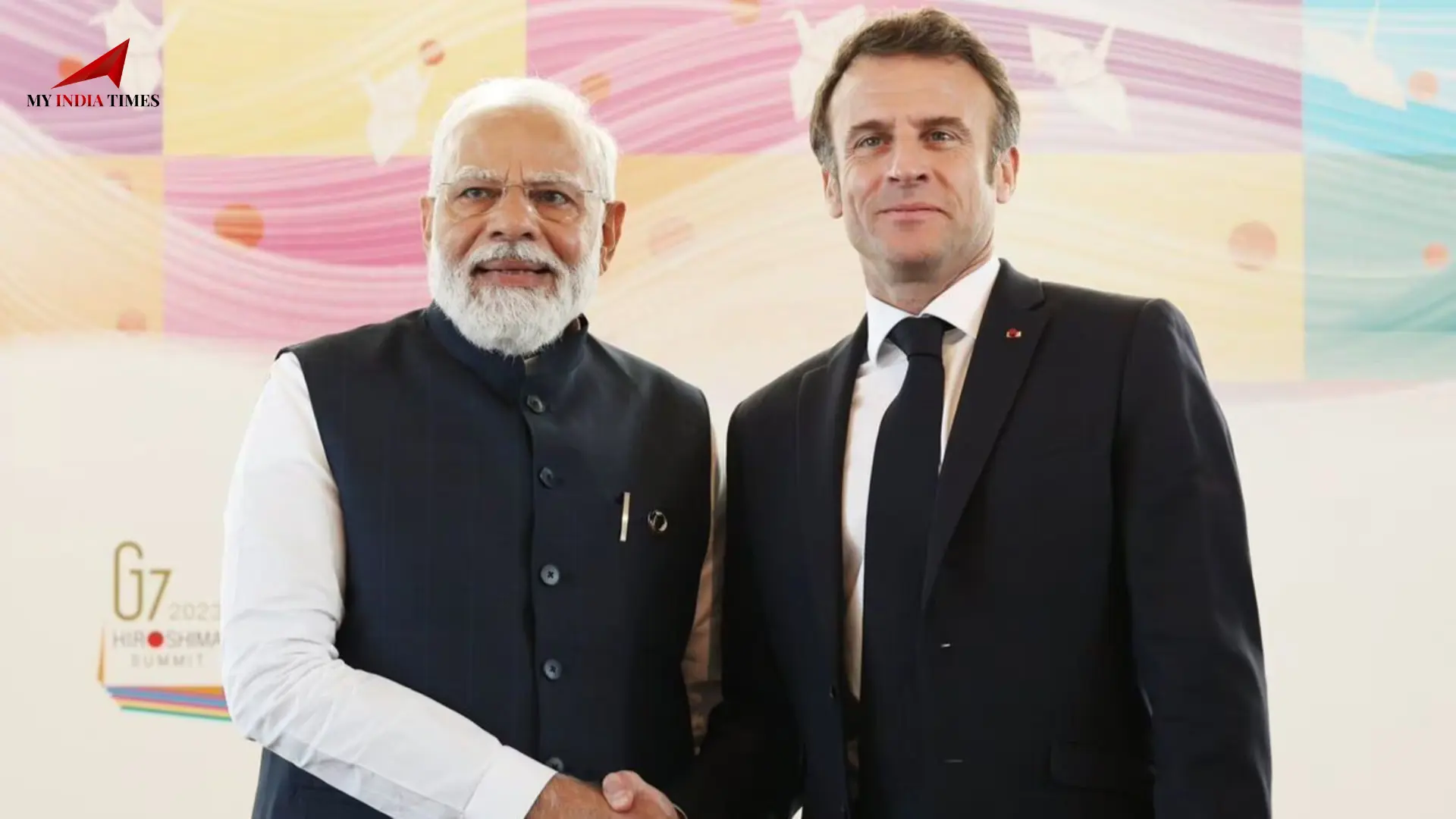
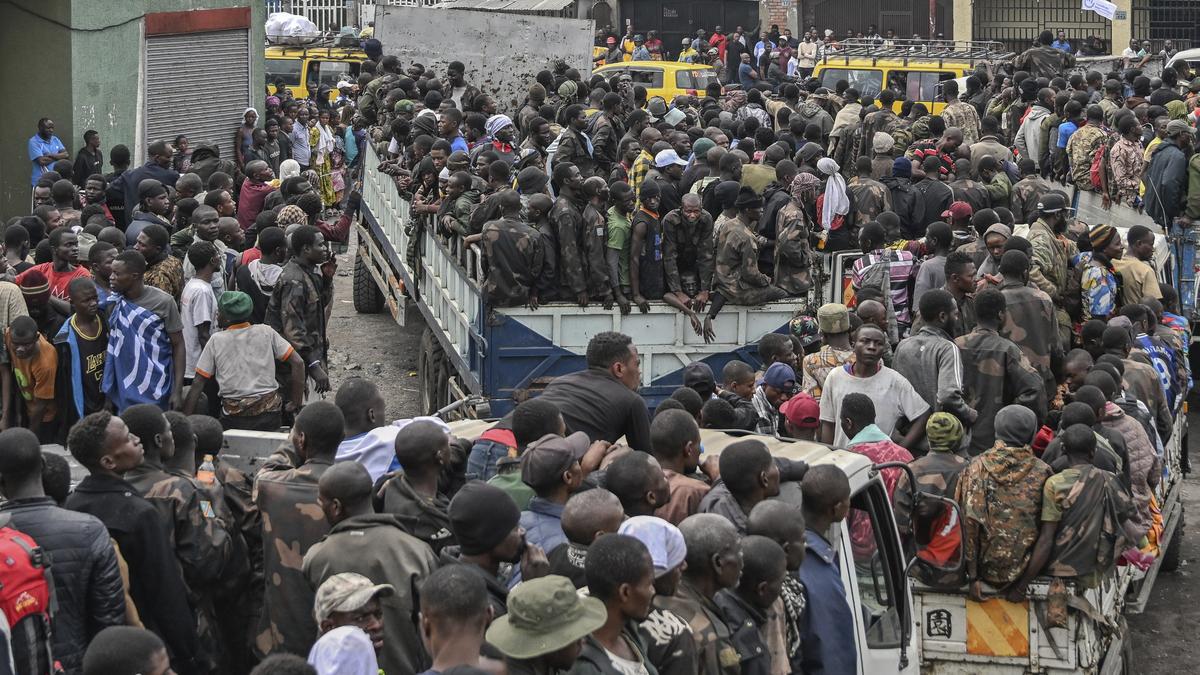
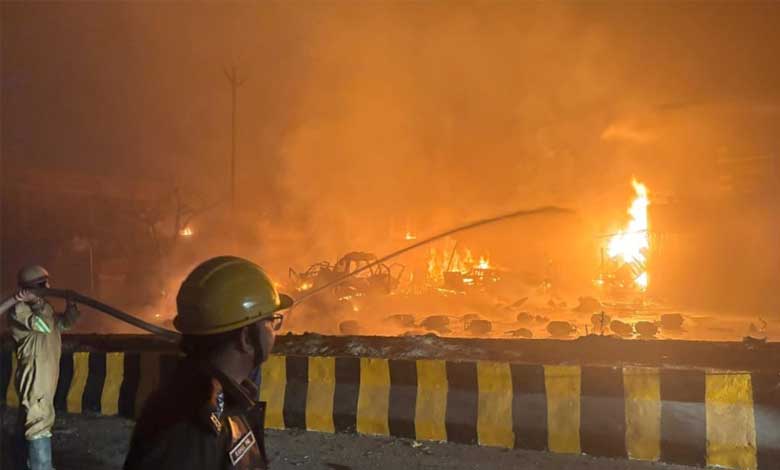








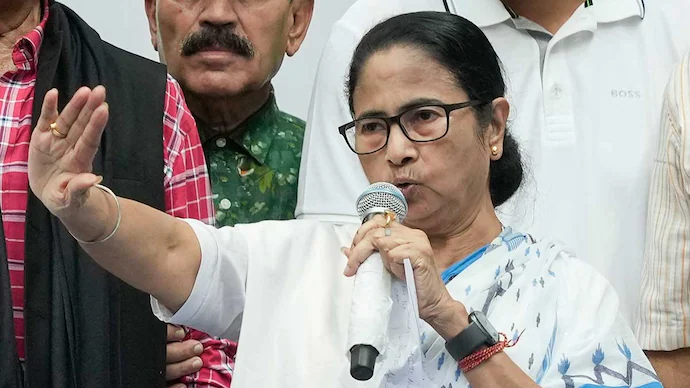



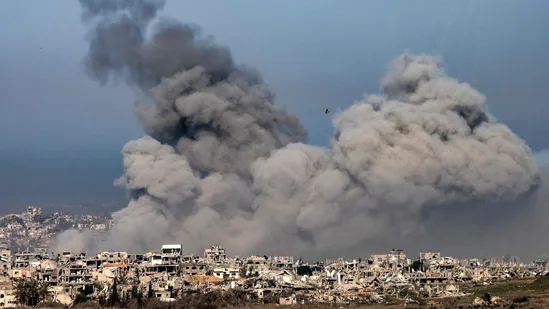
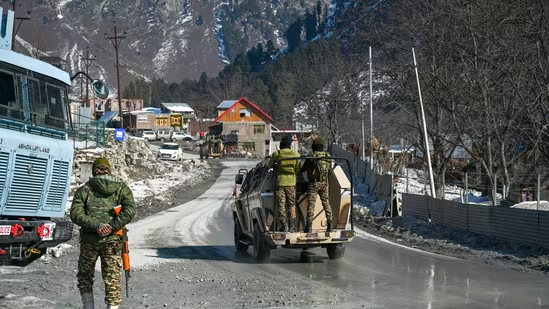

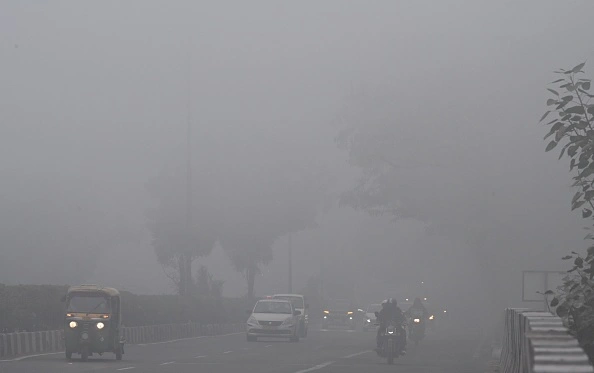

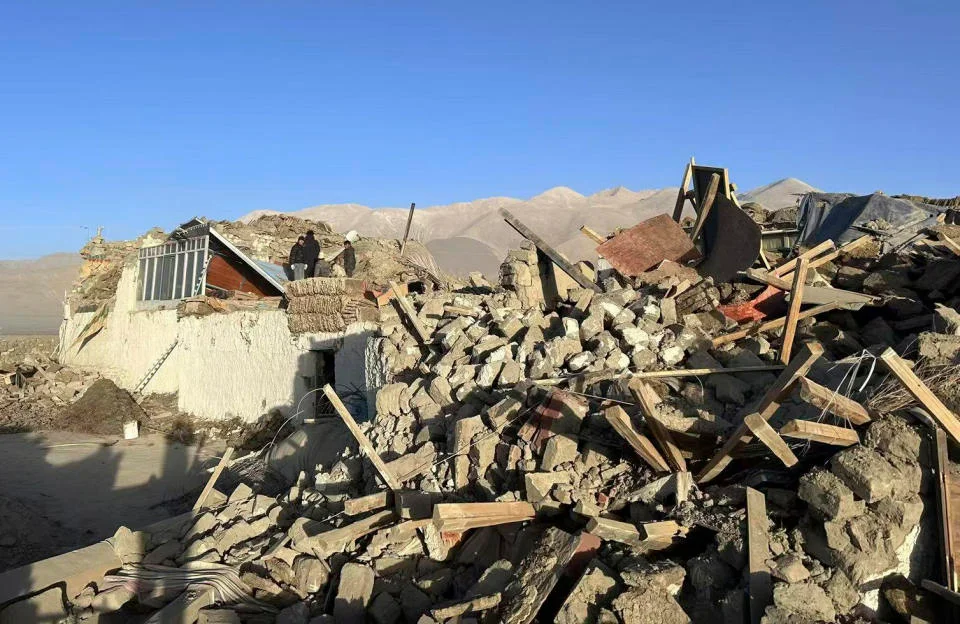



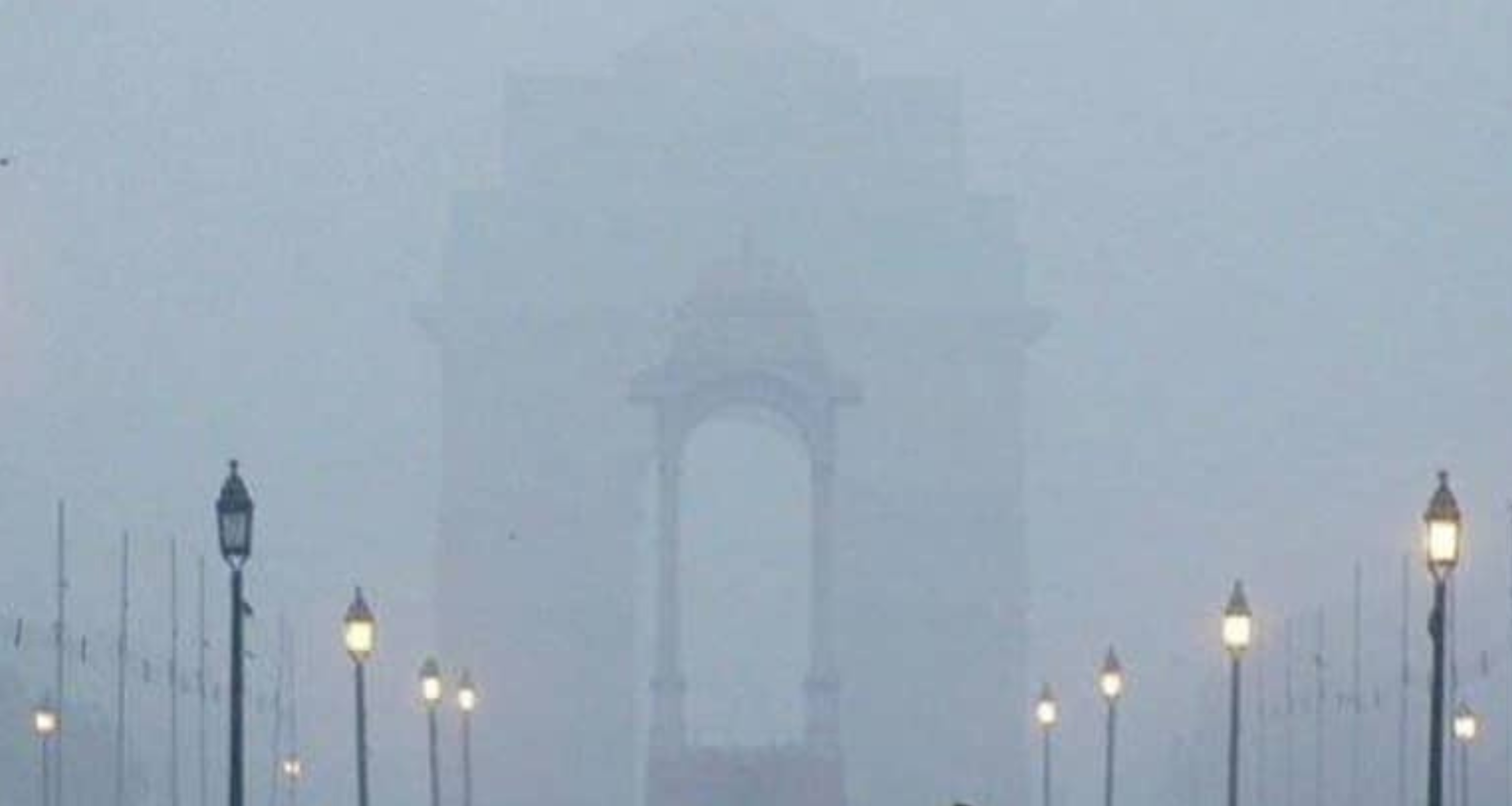
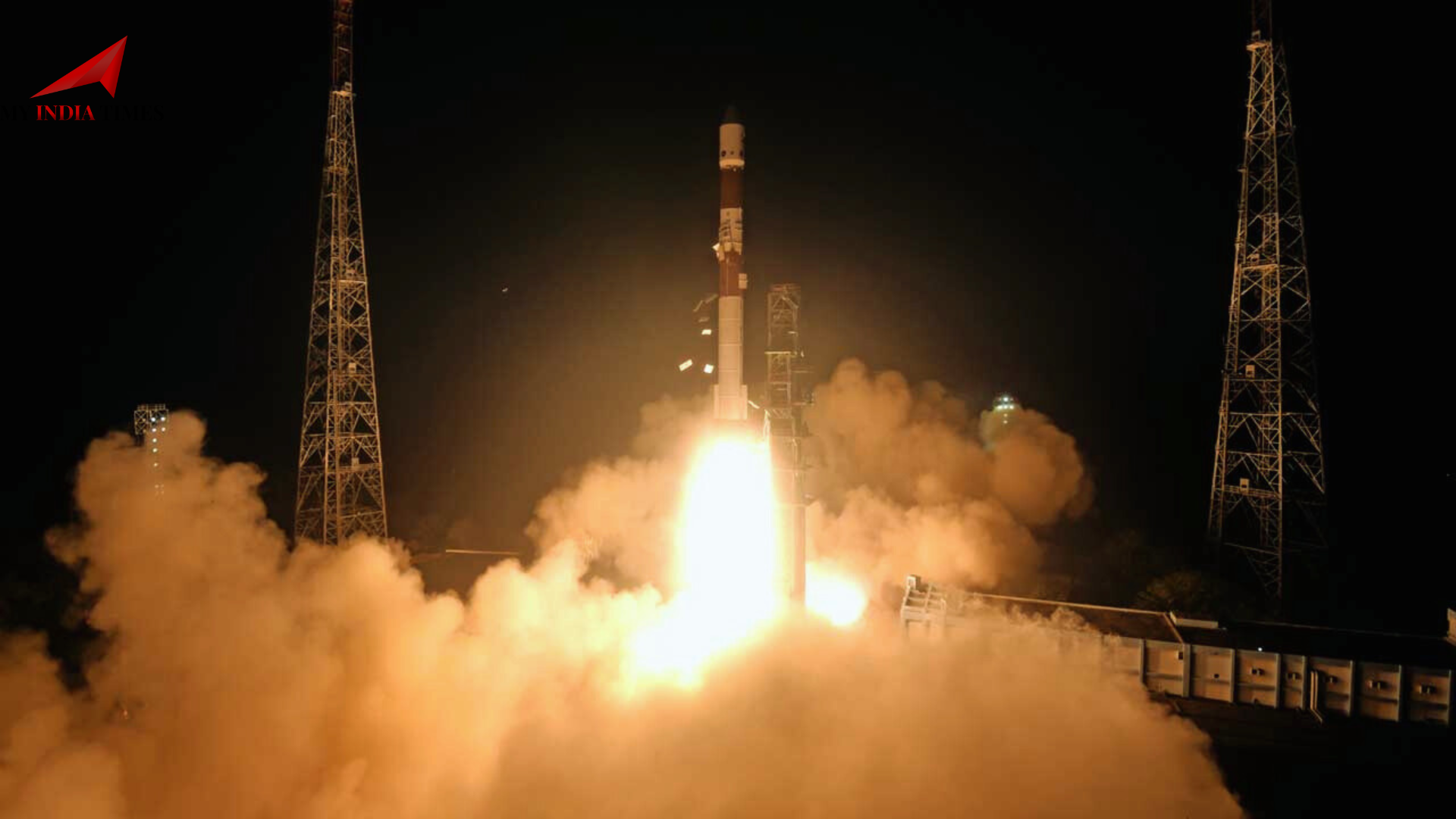


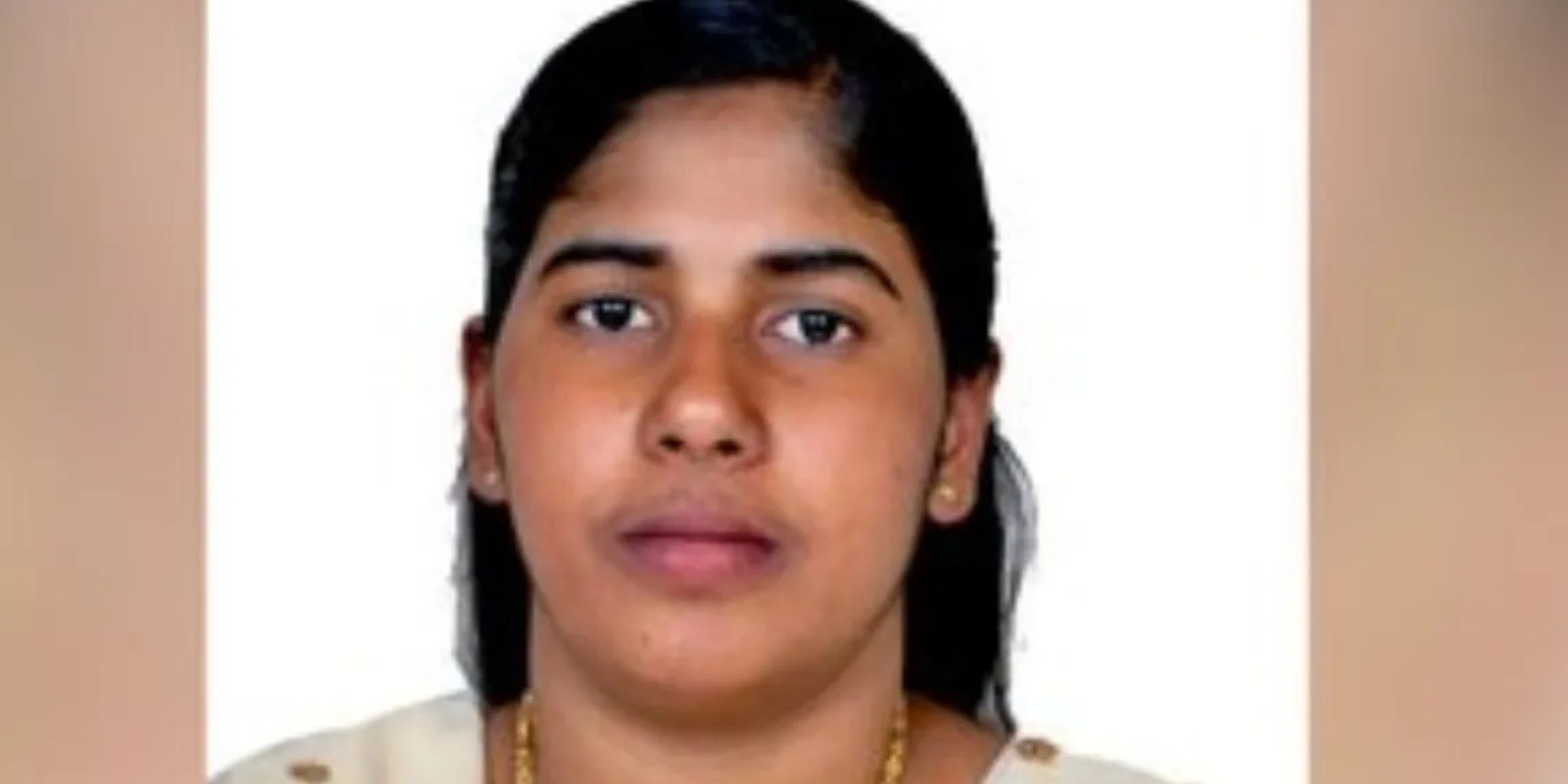
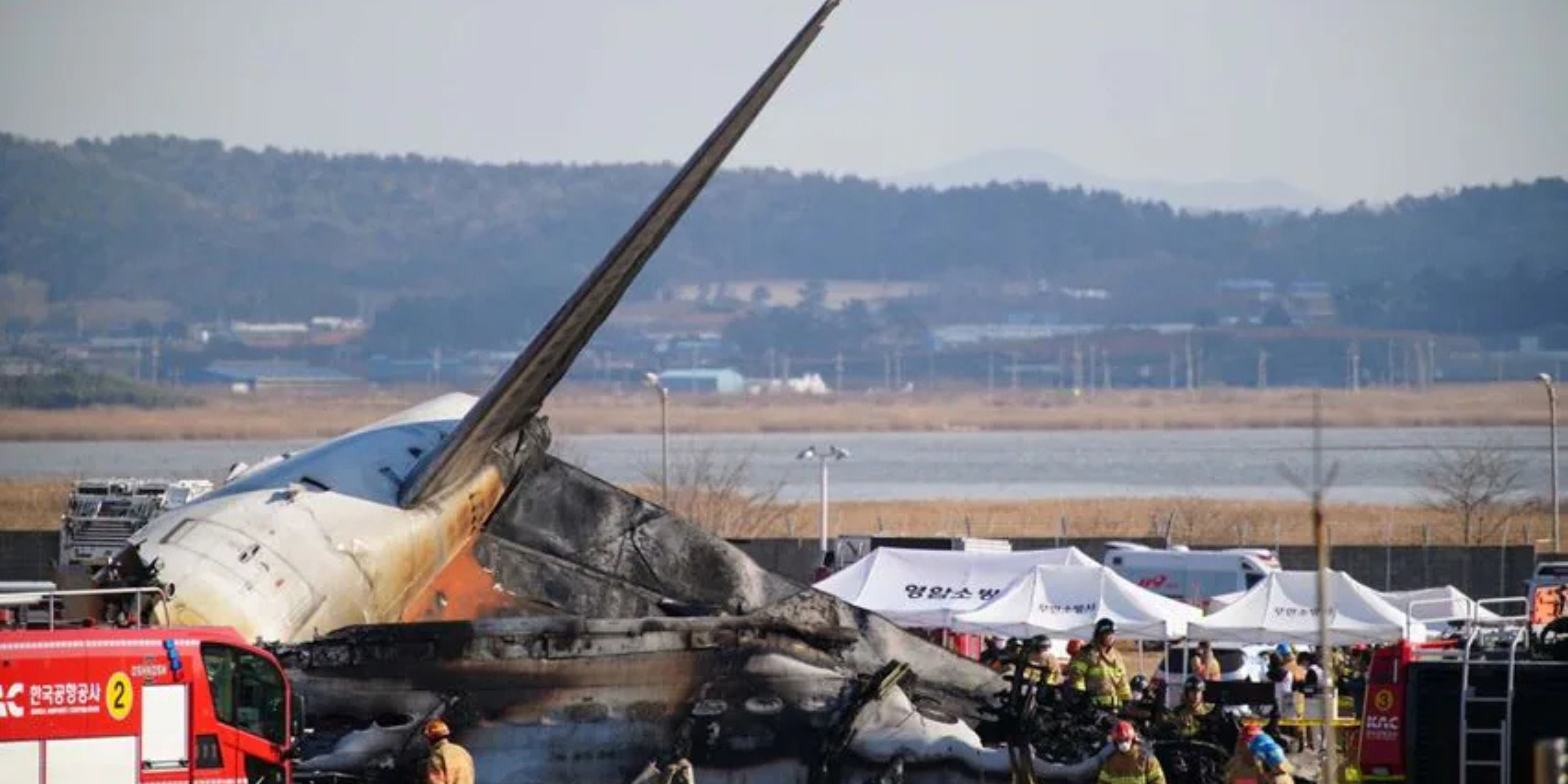
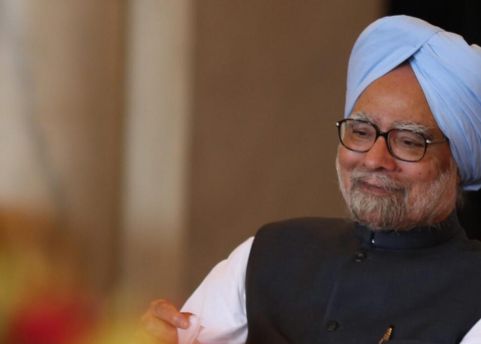
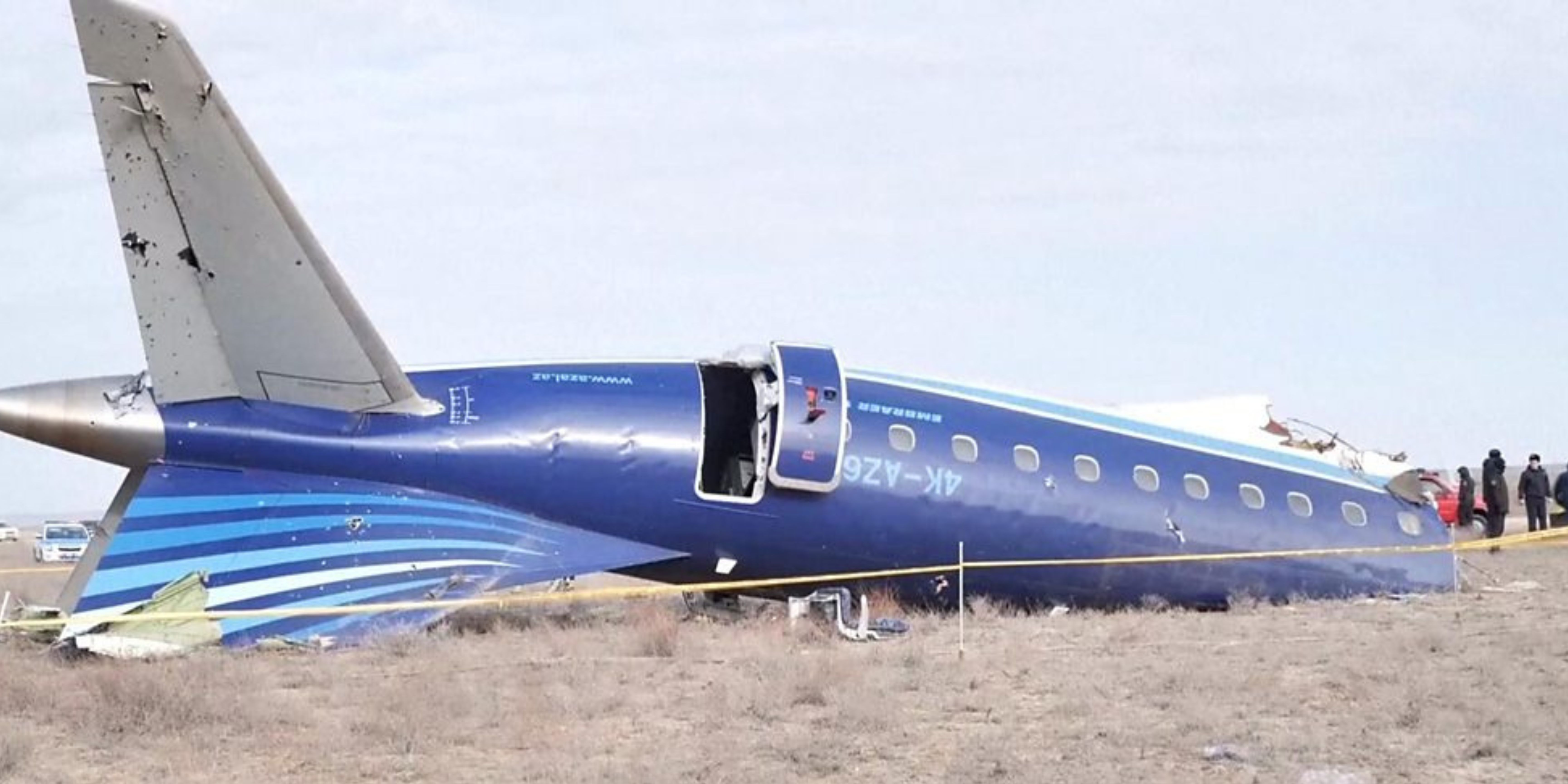



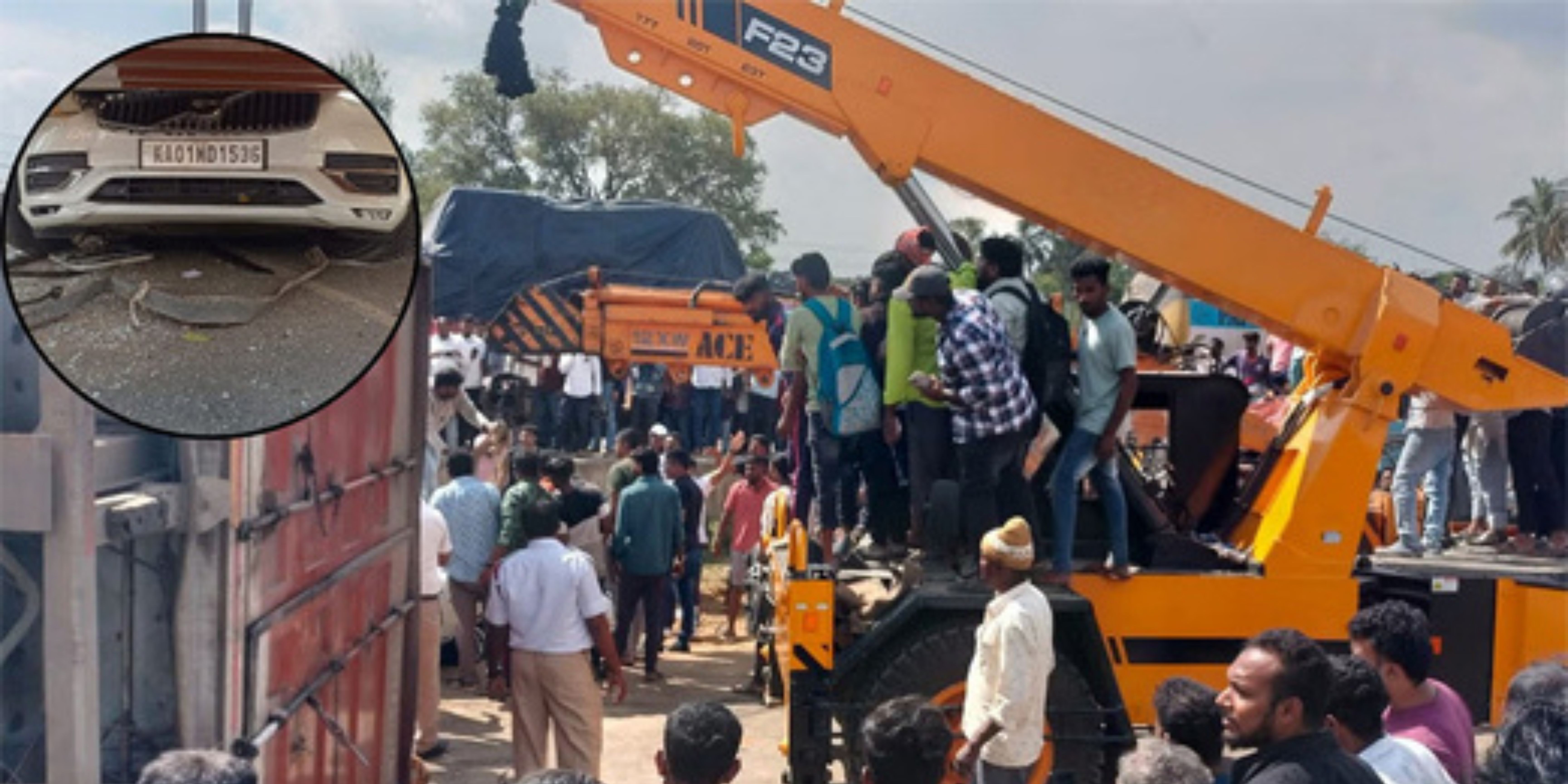




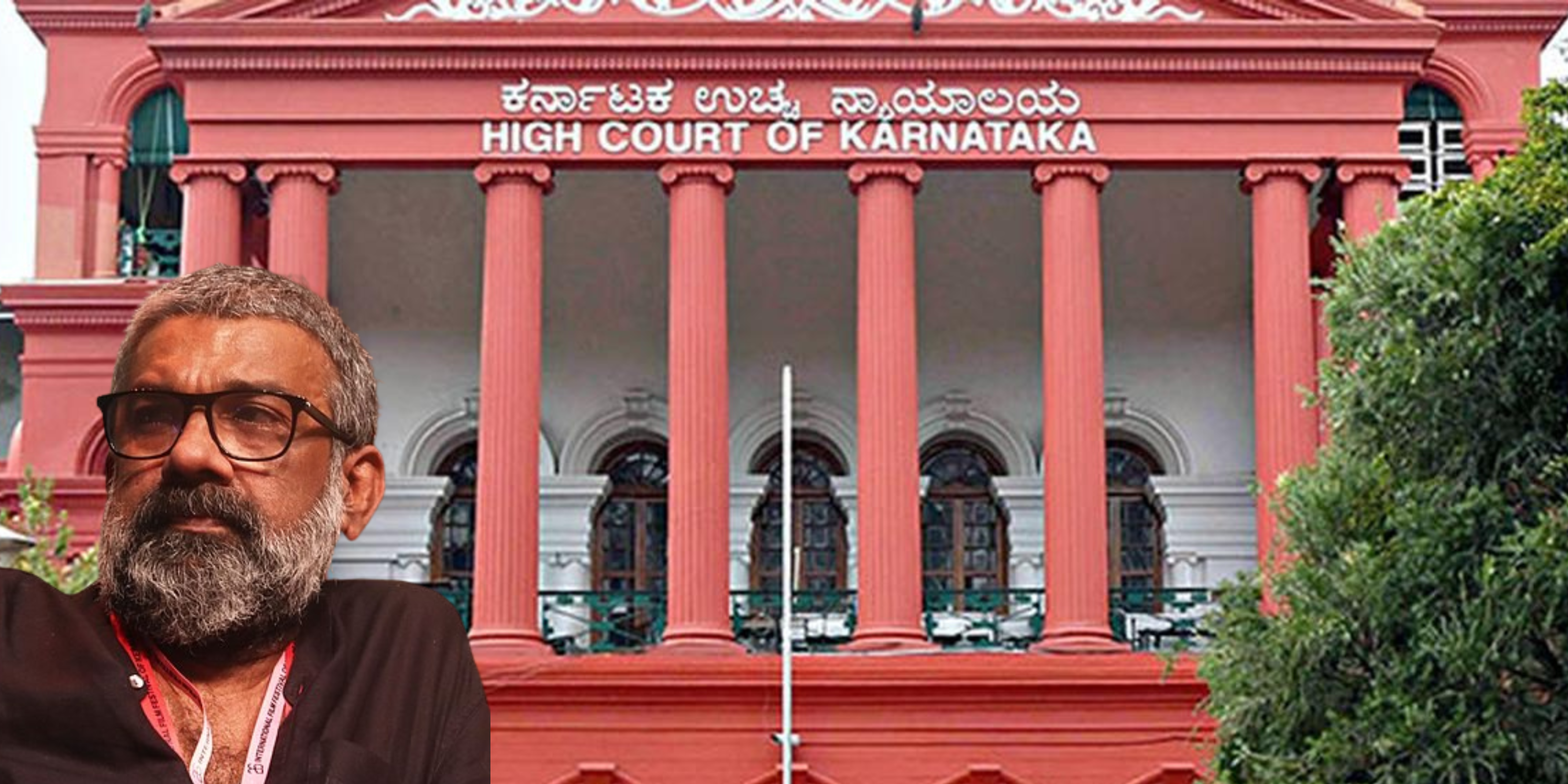
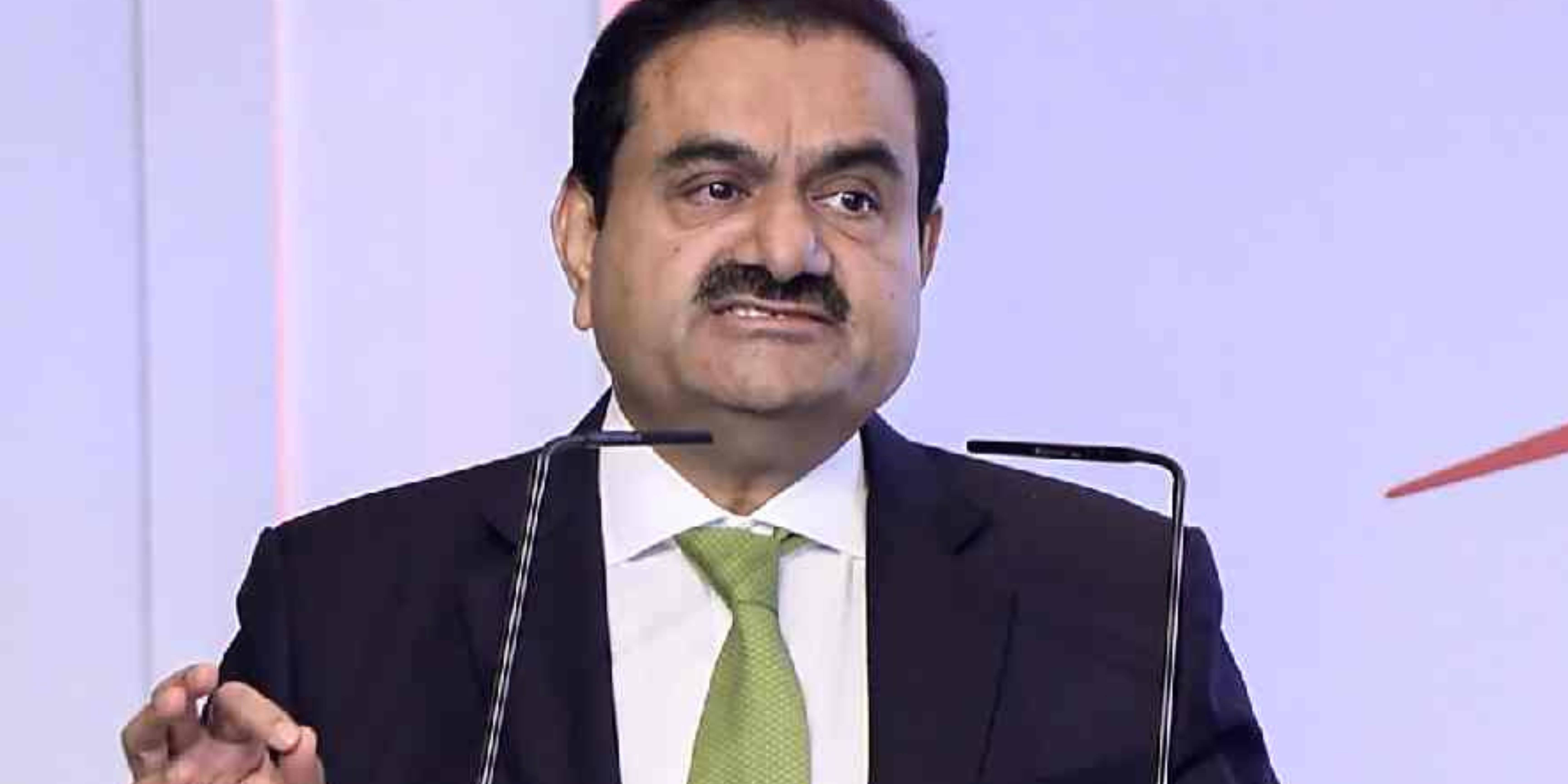
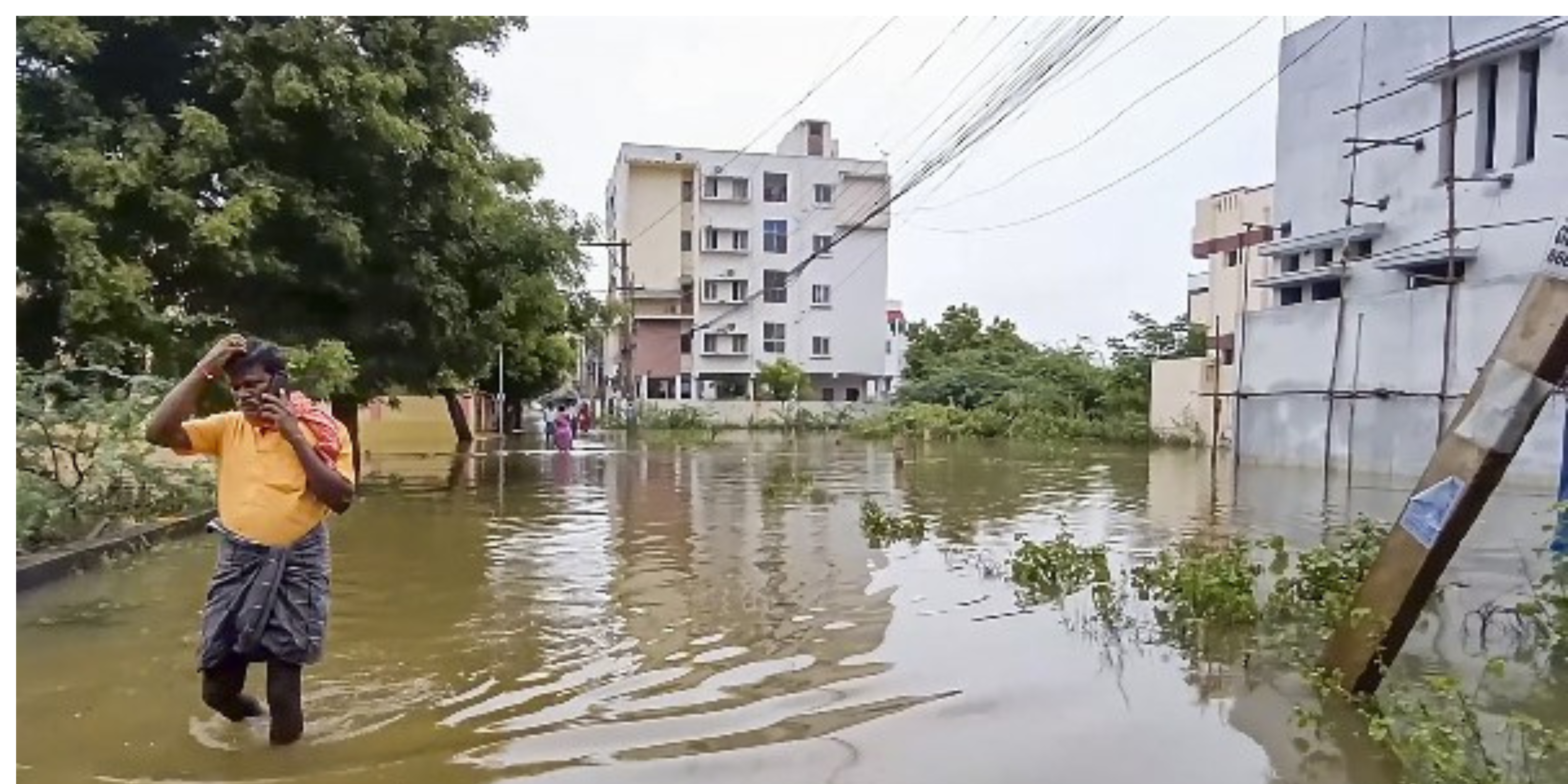
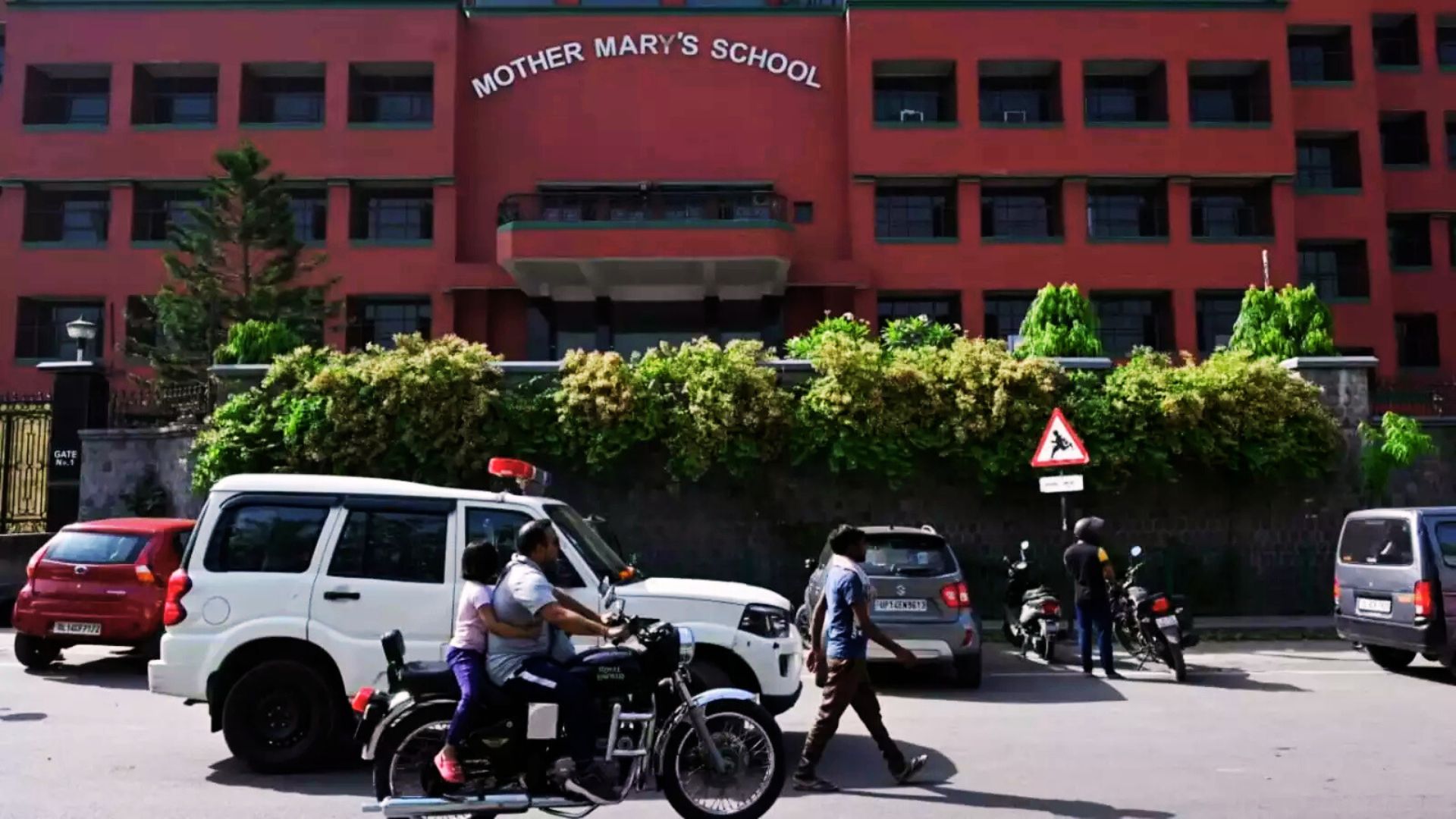
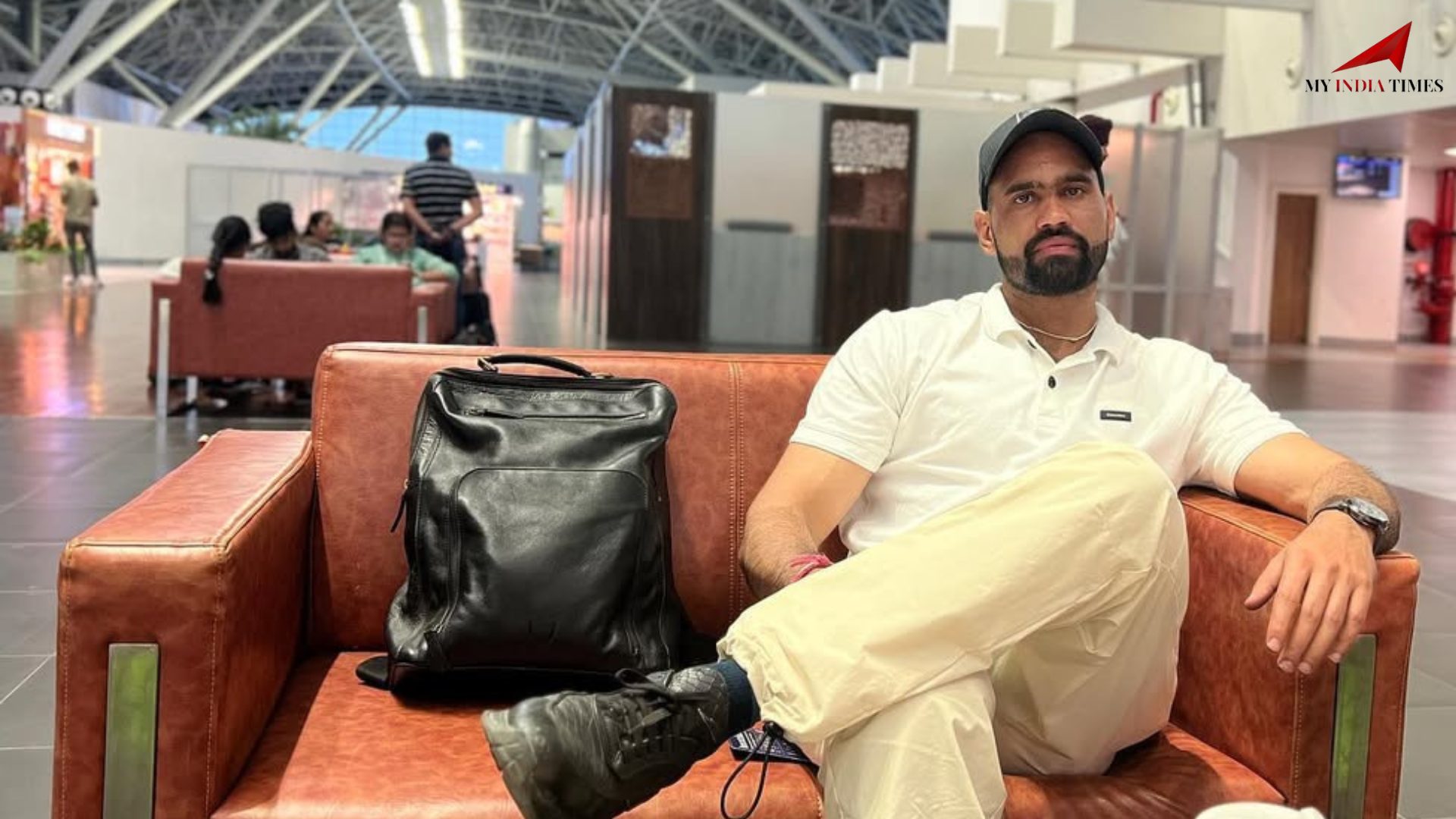
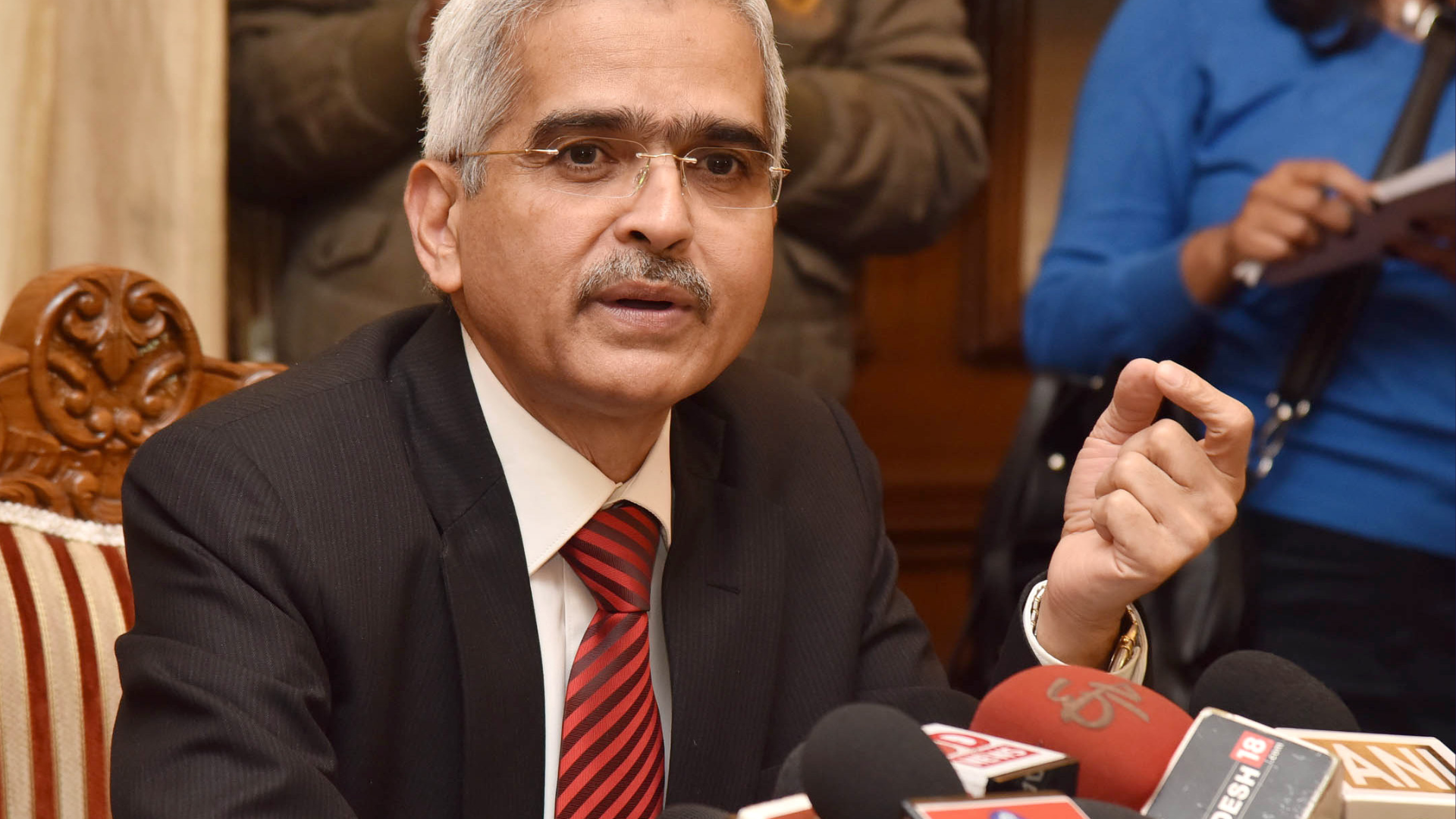
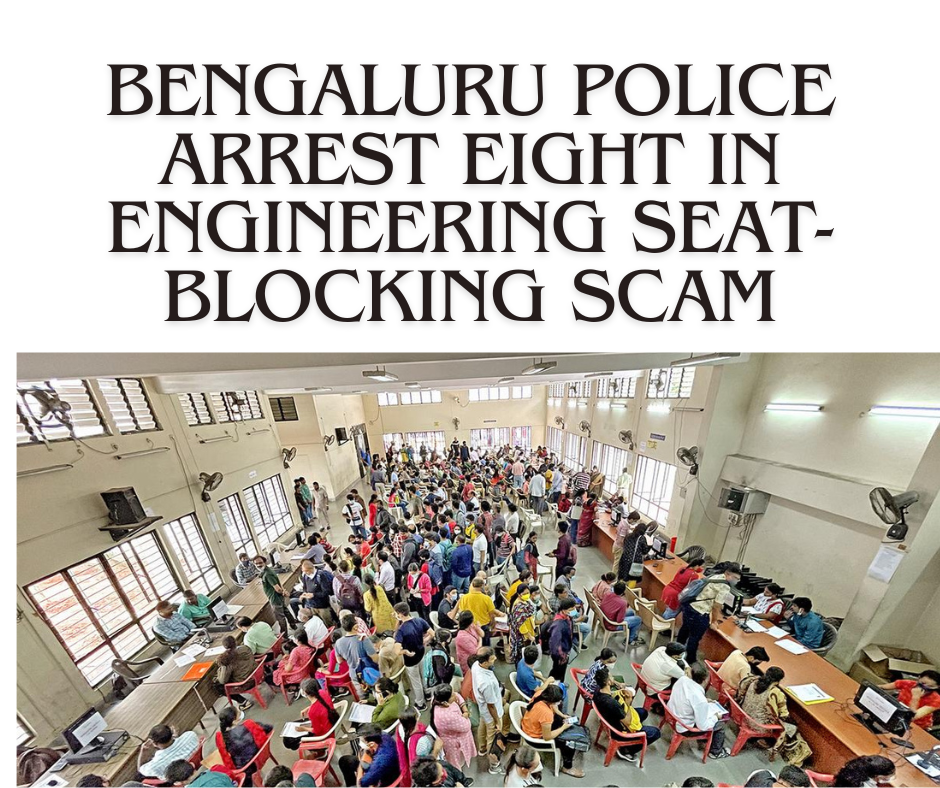


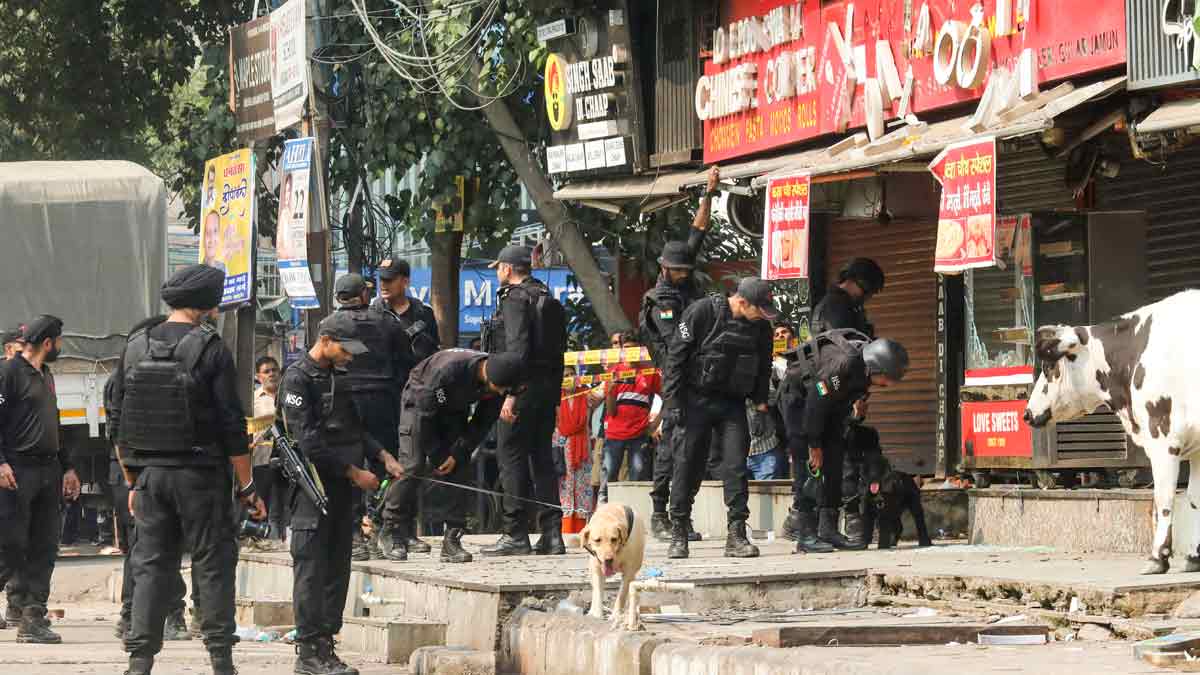
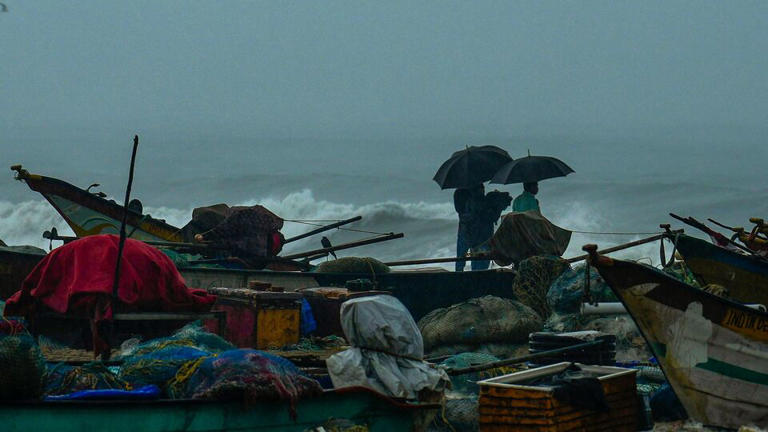


.png)
 (1).png)
